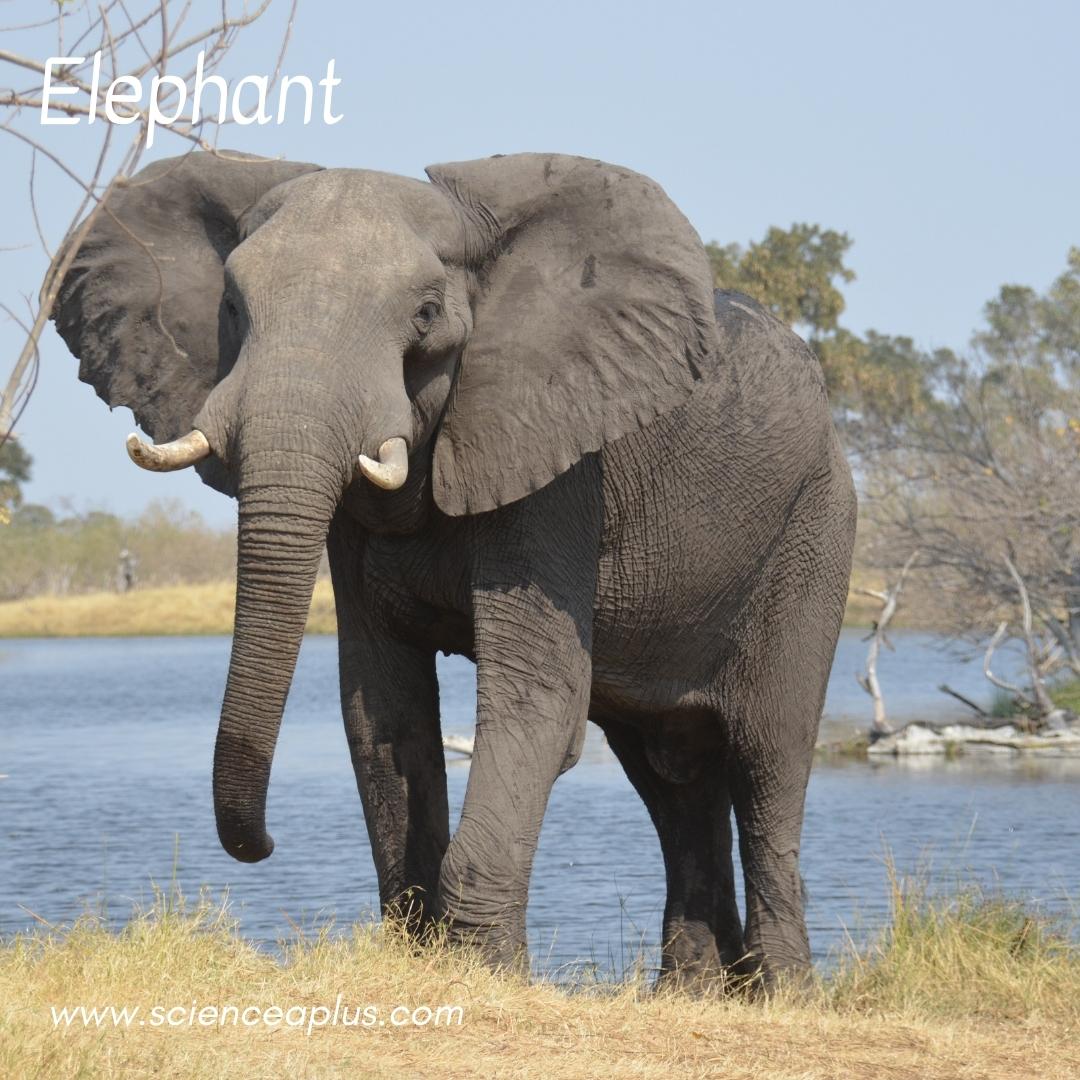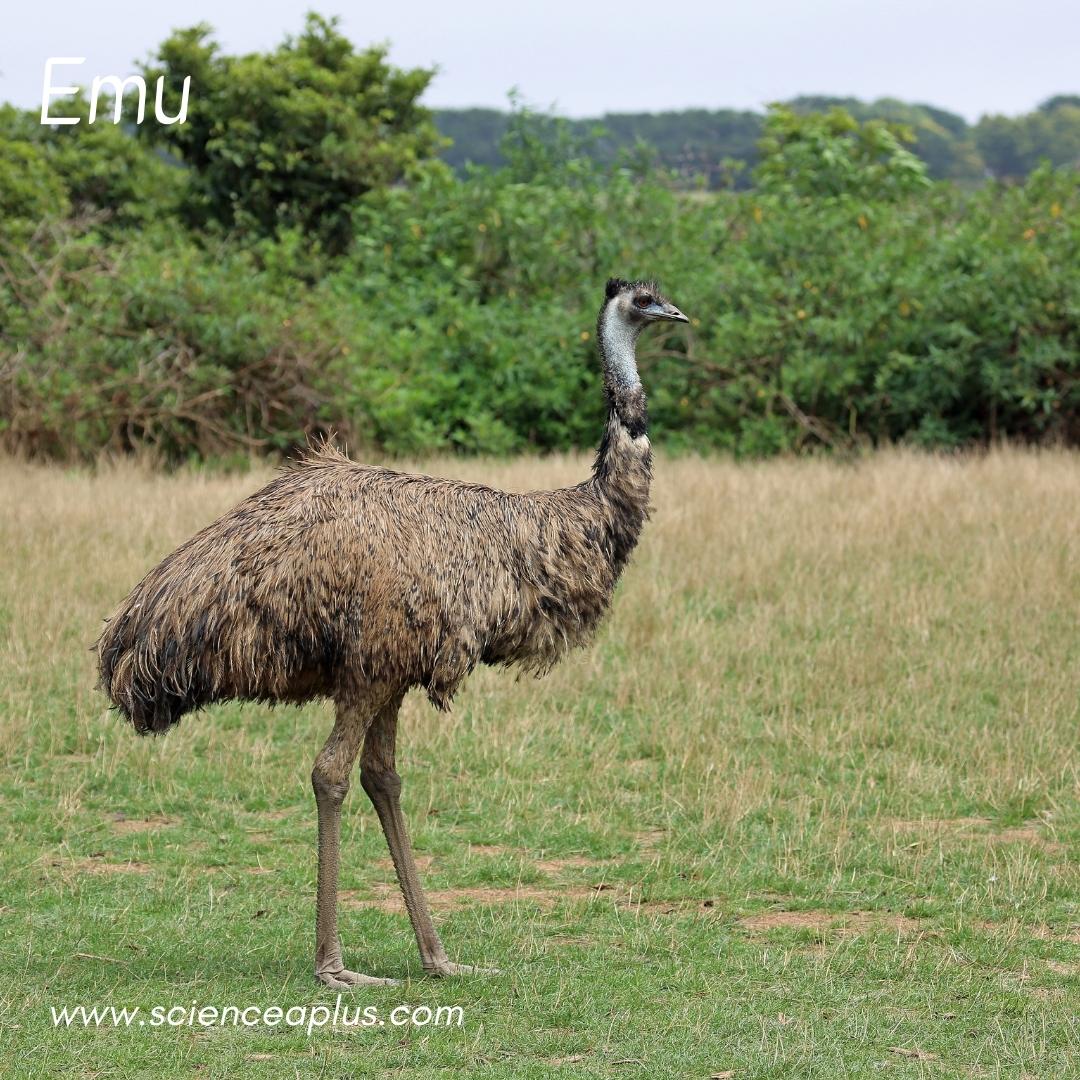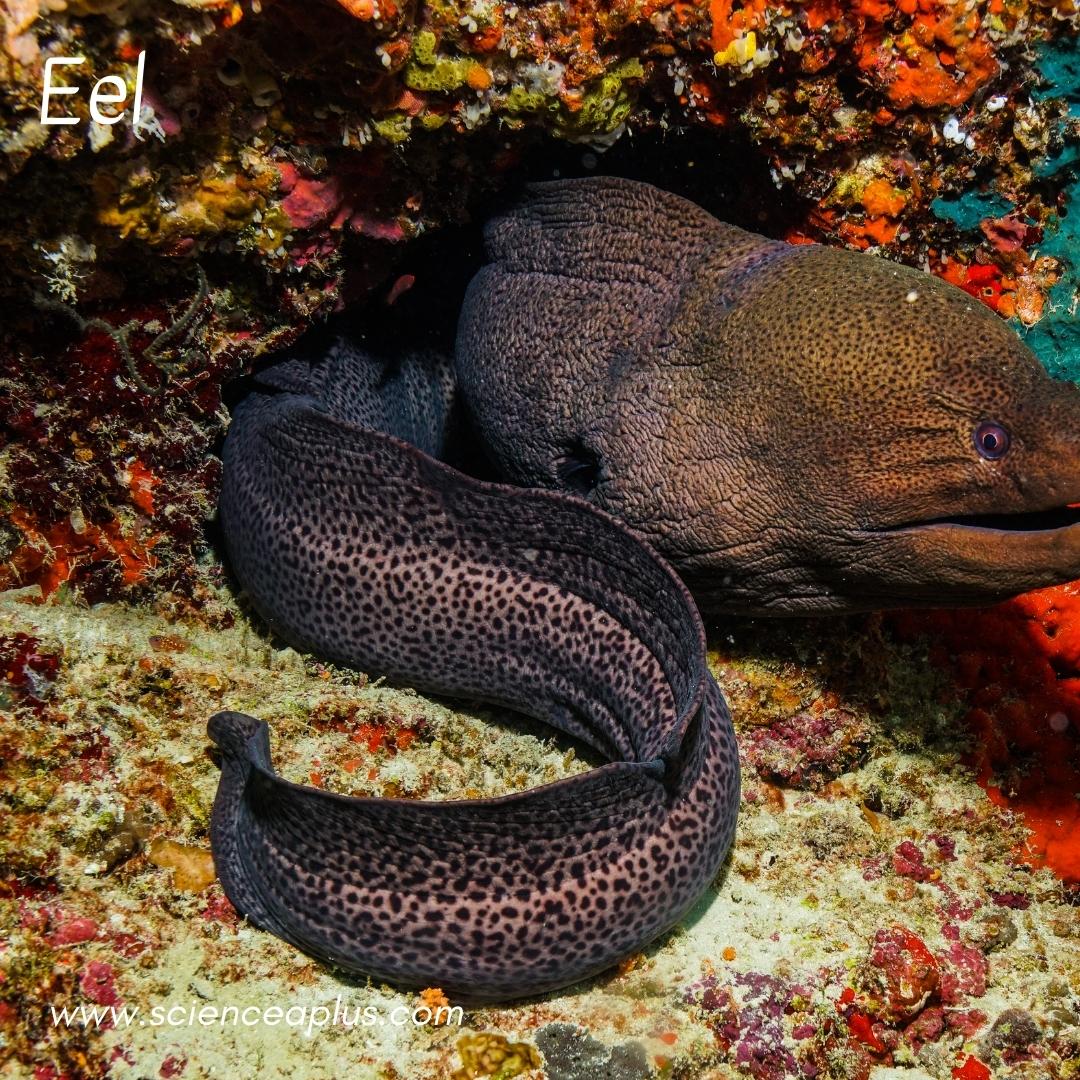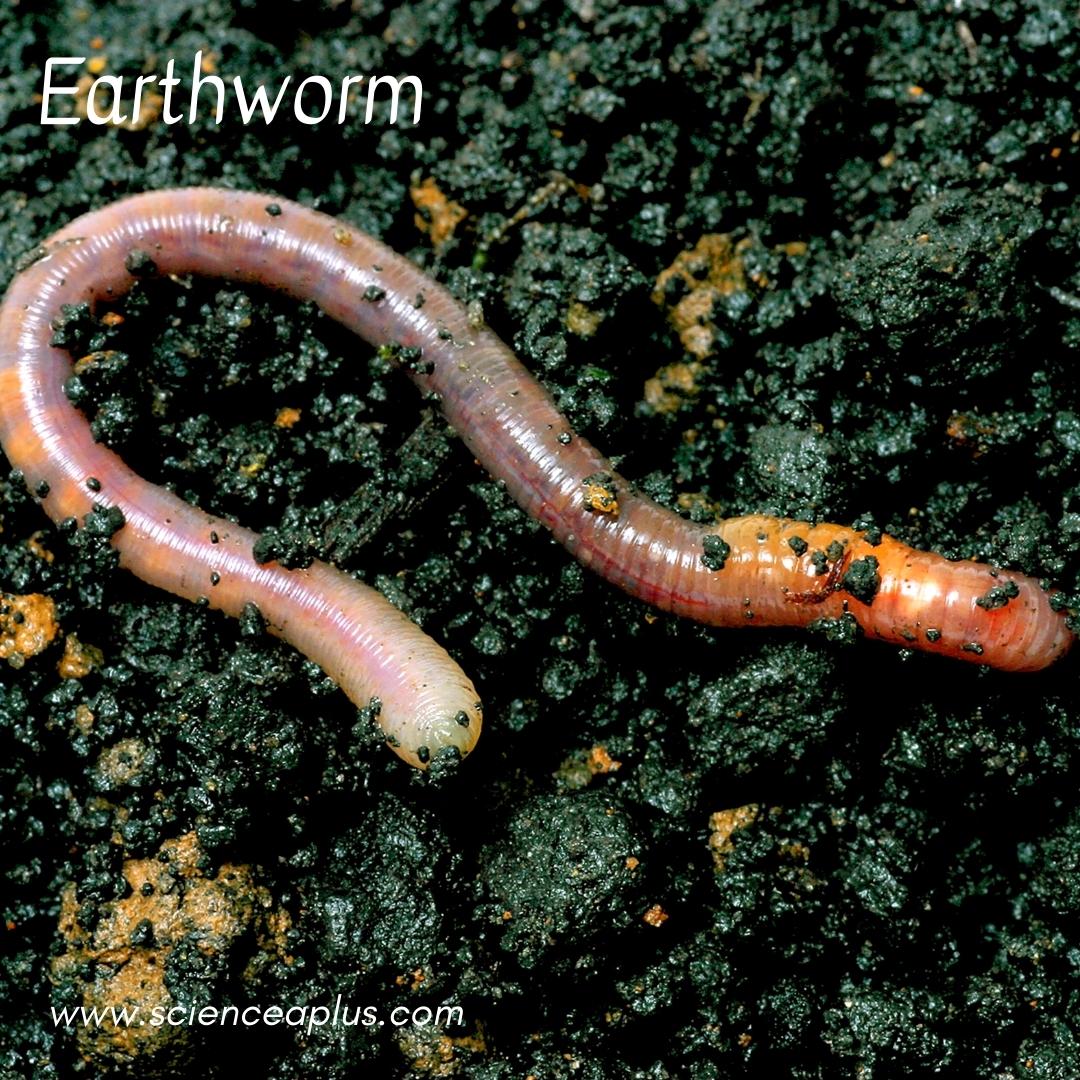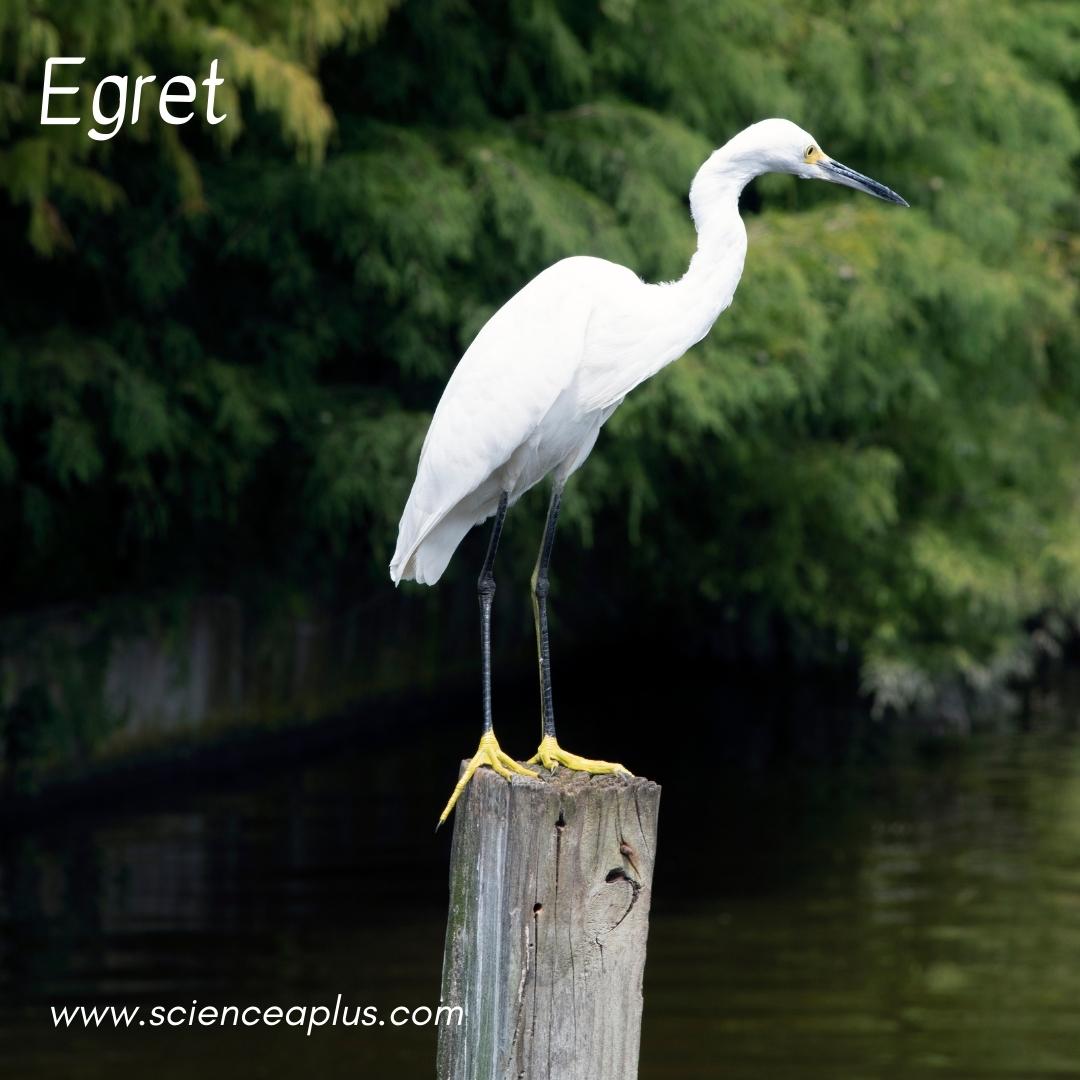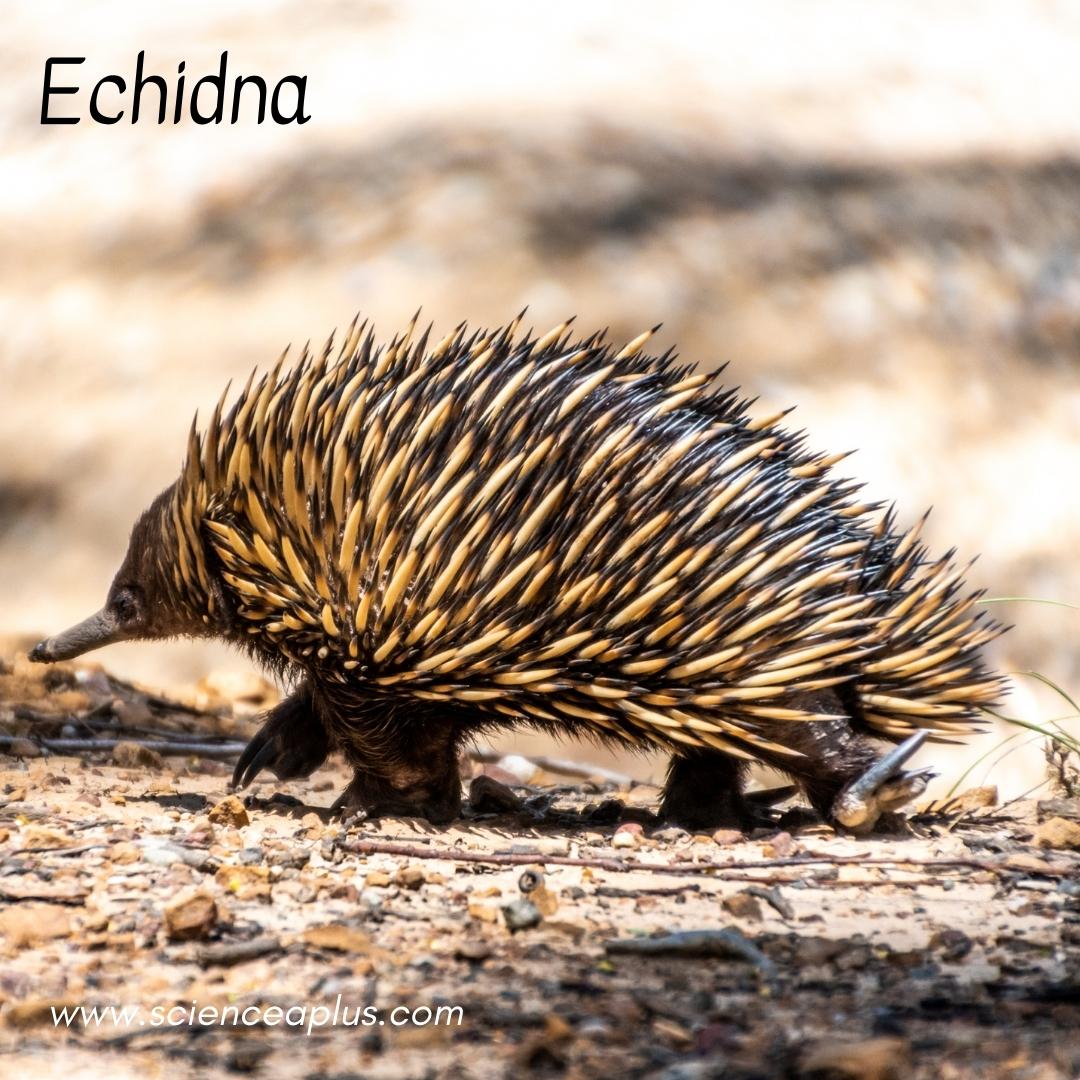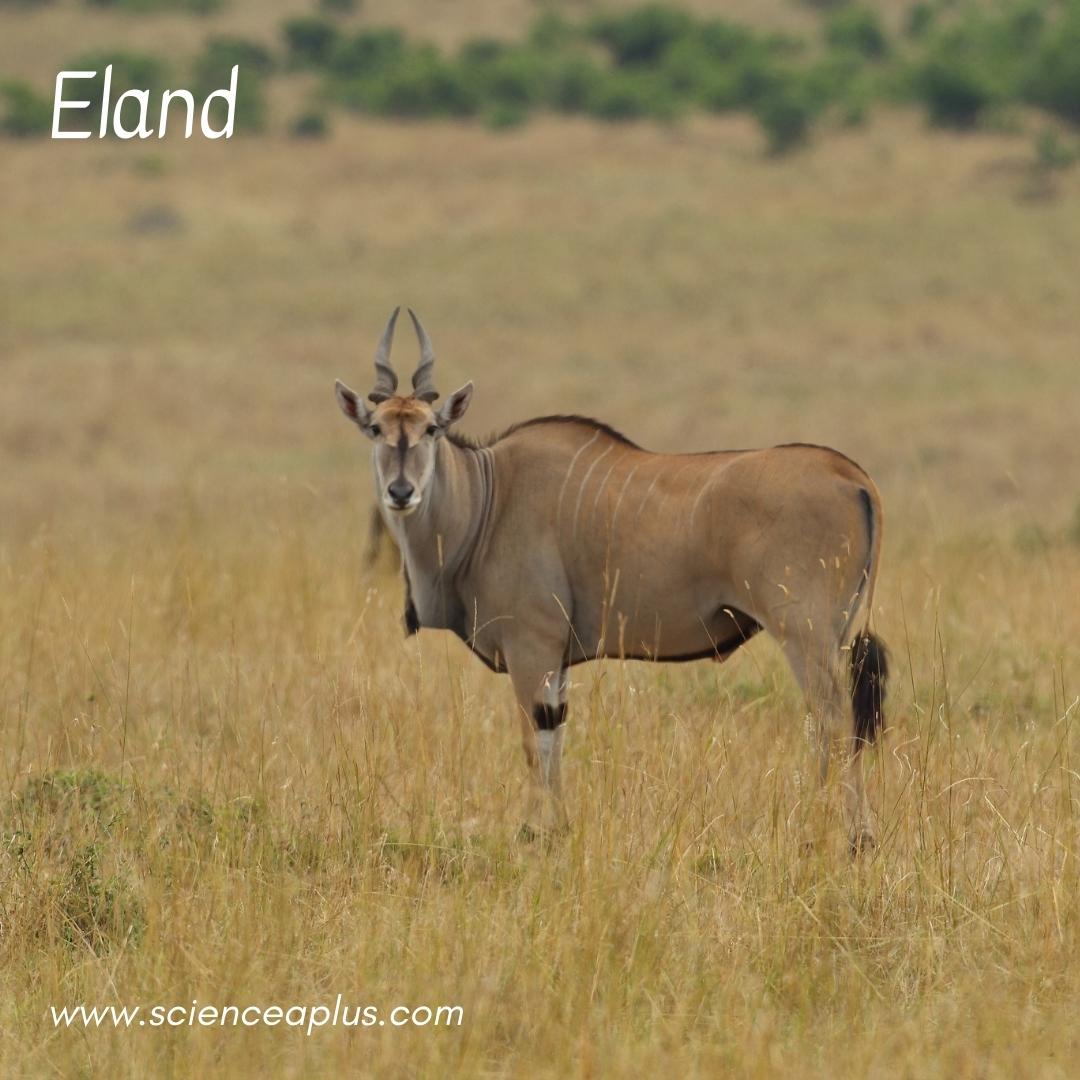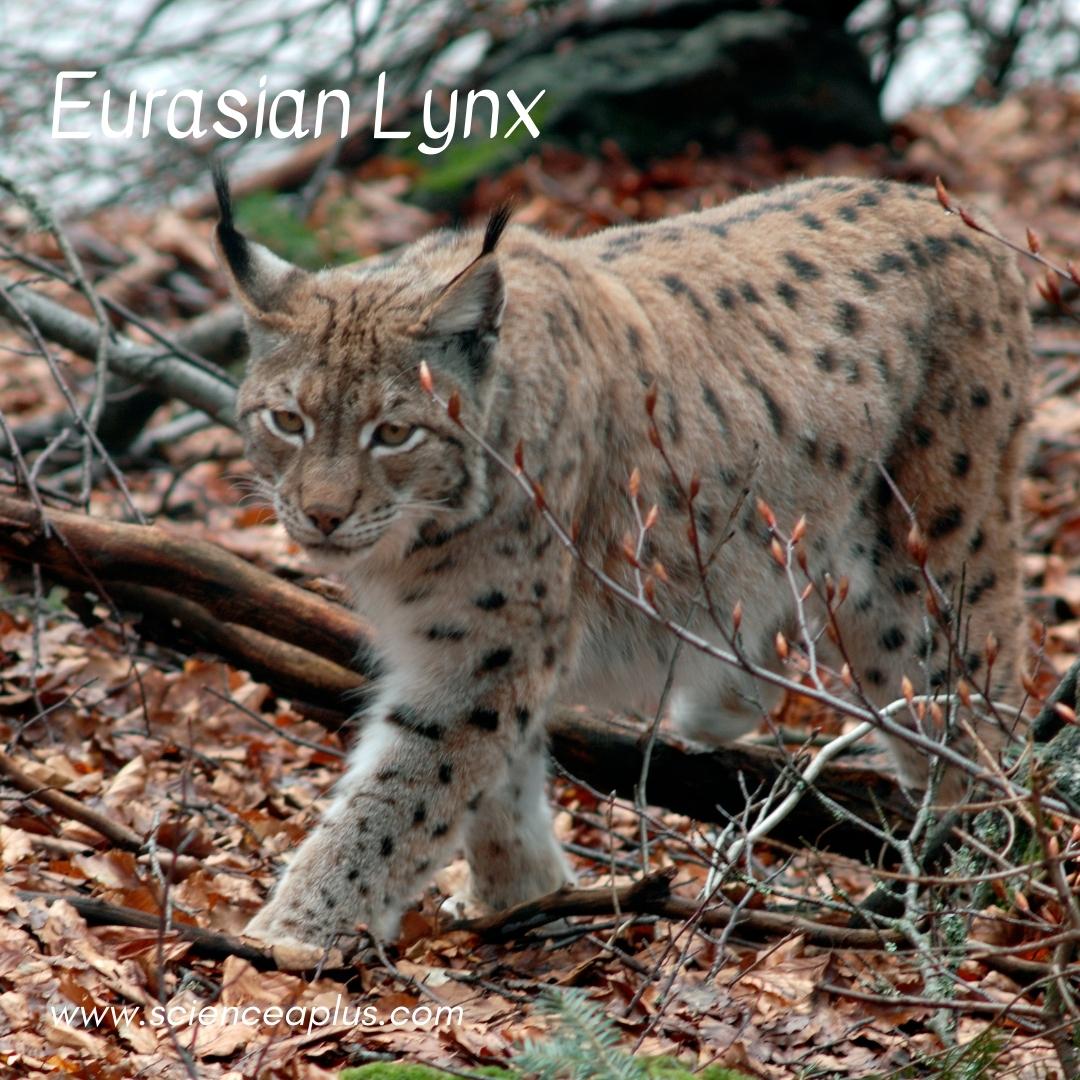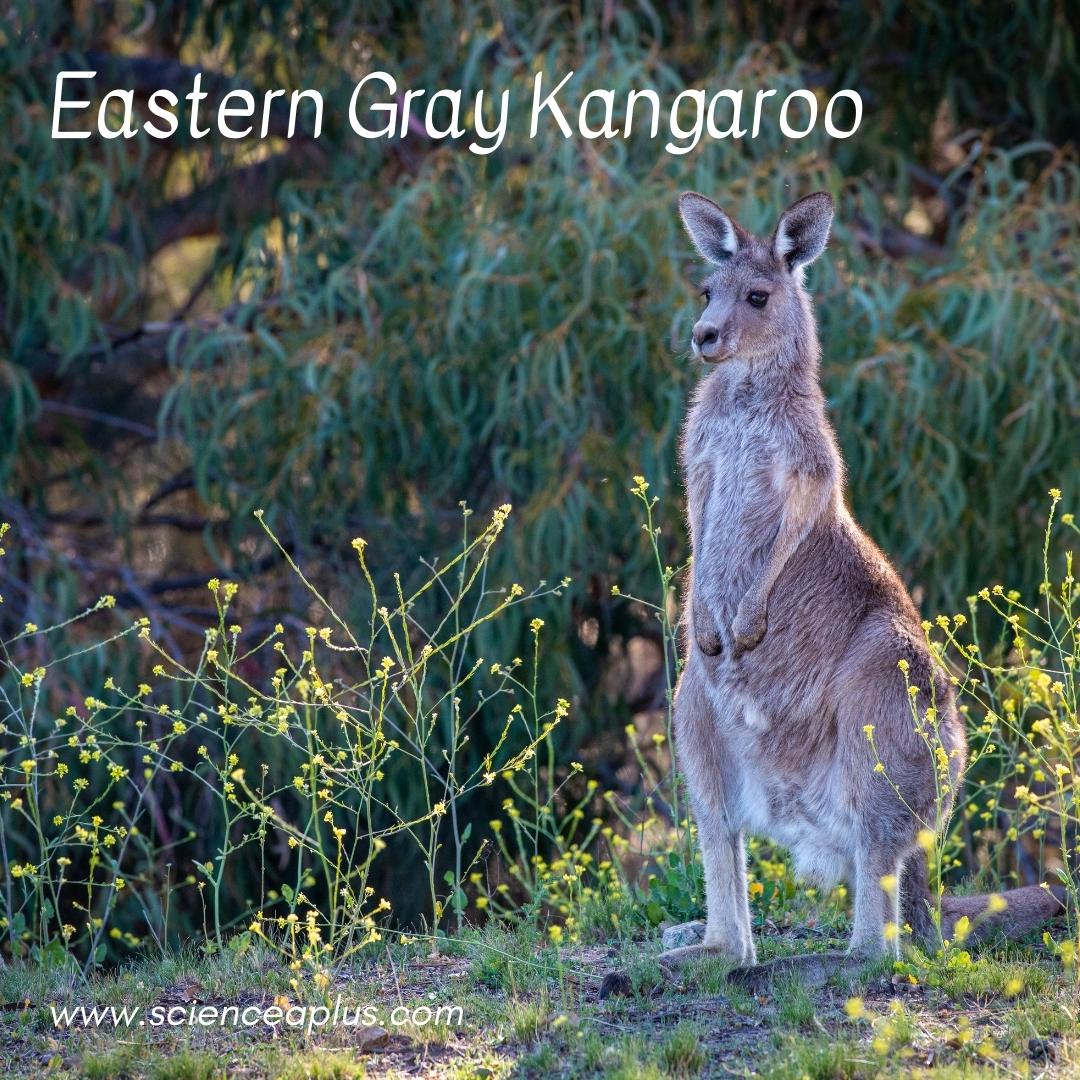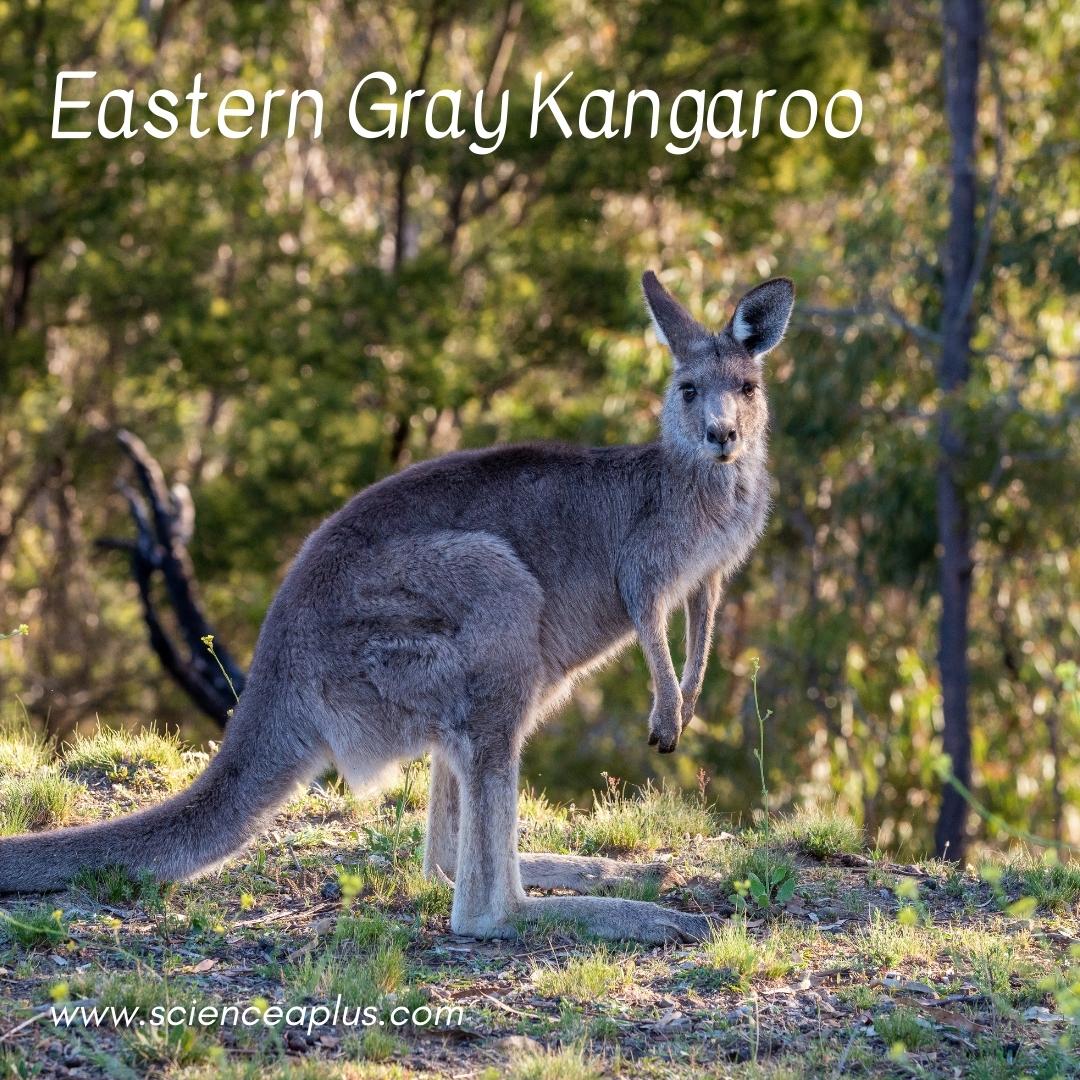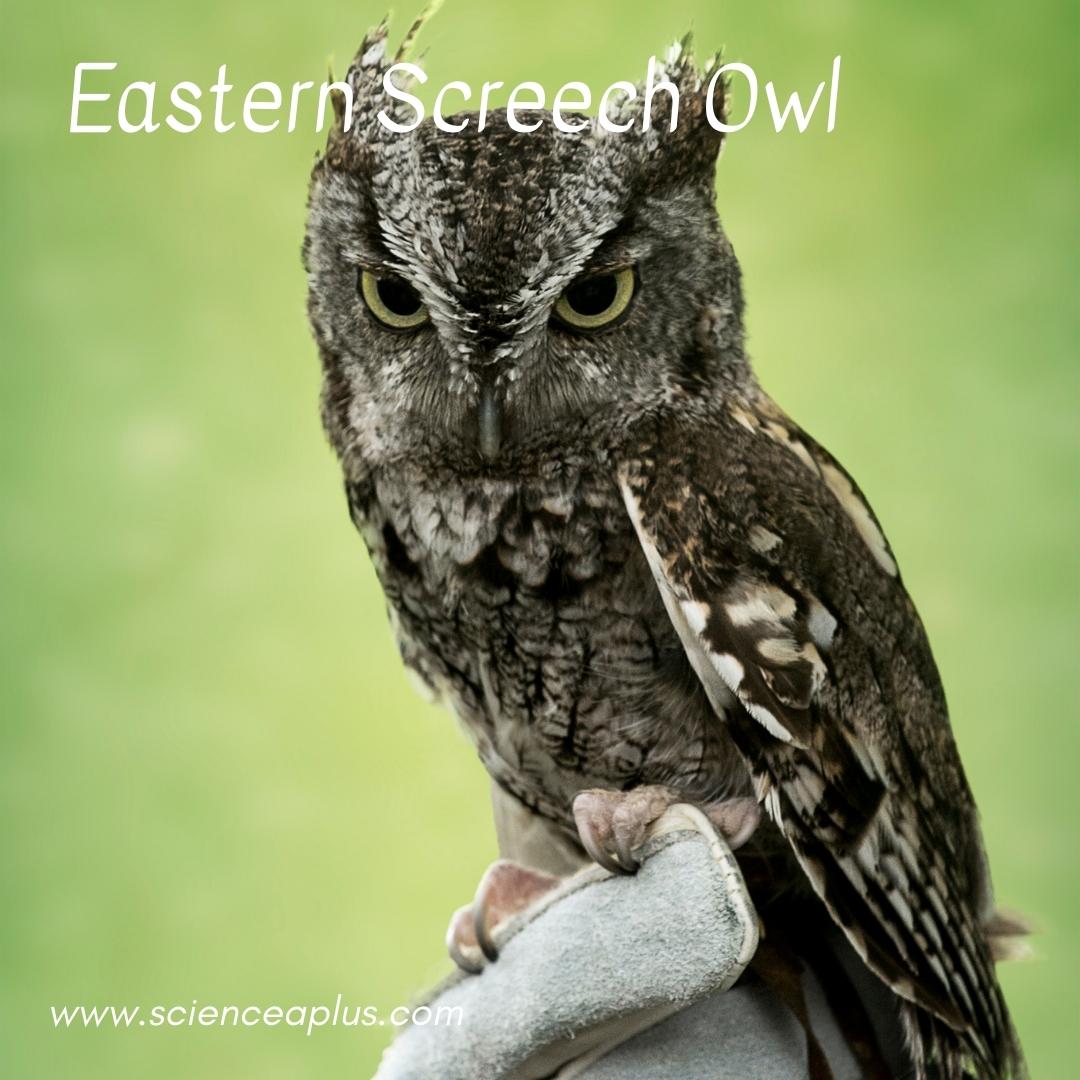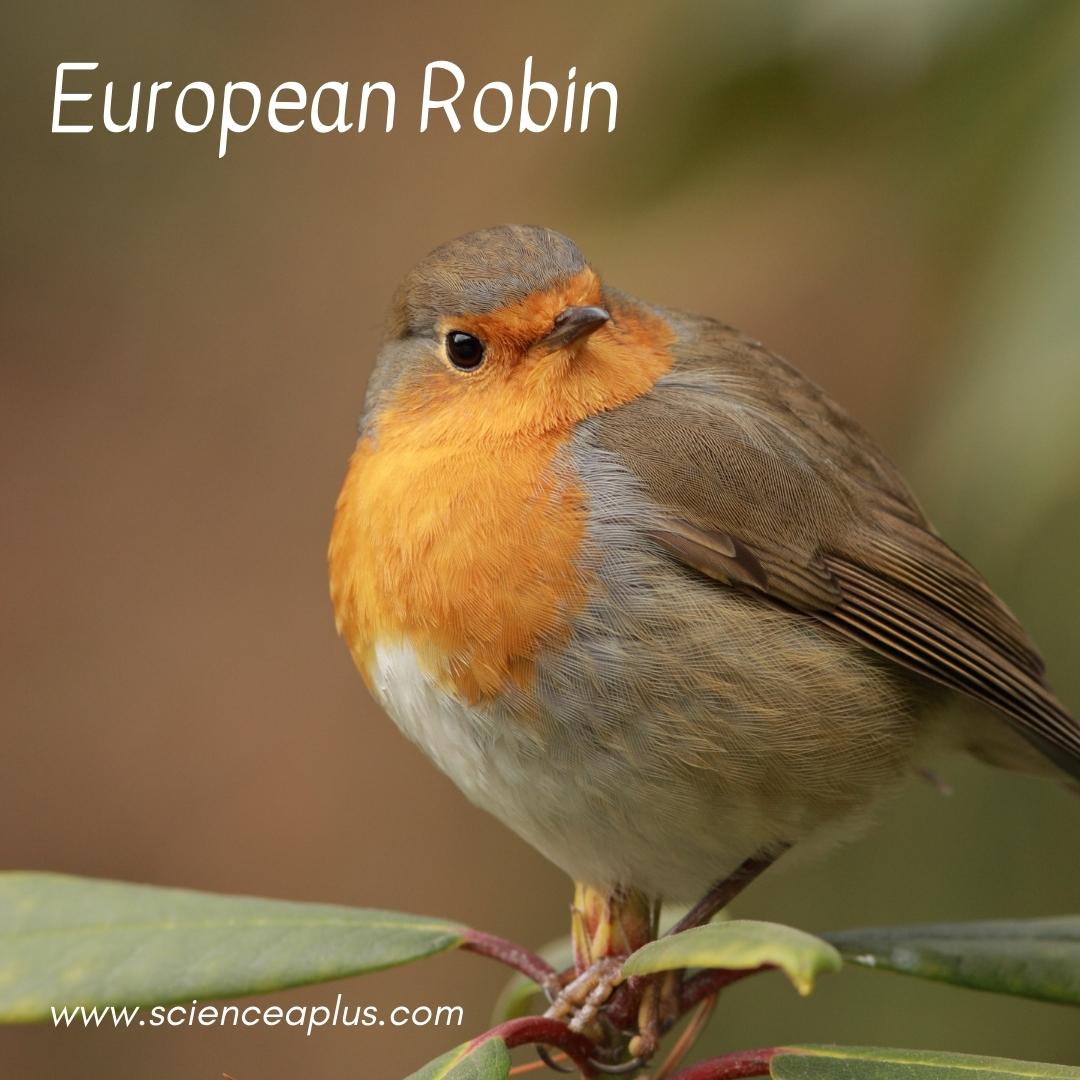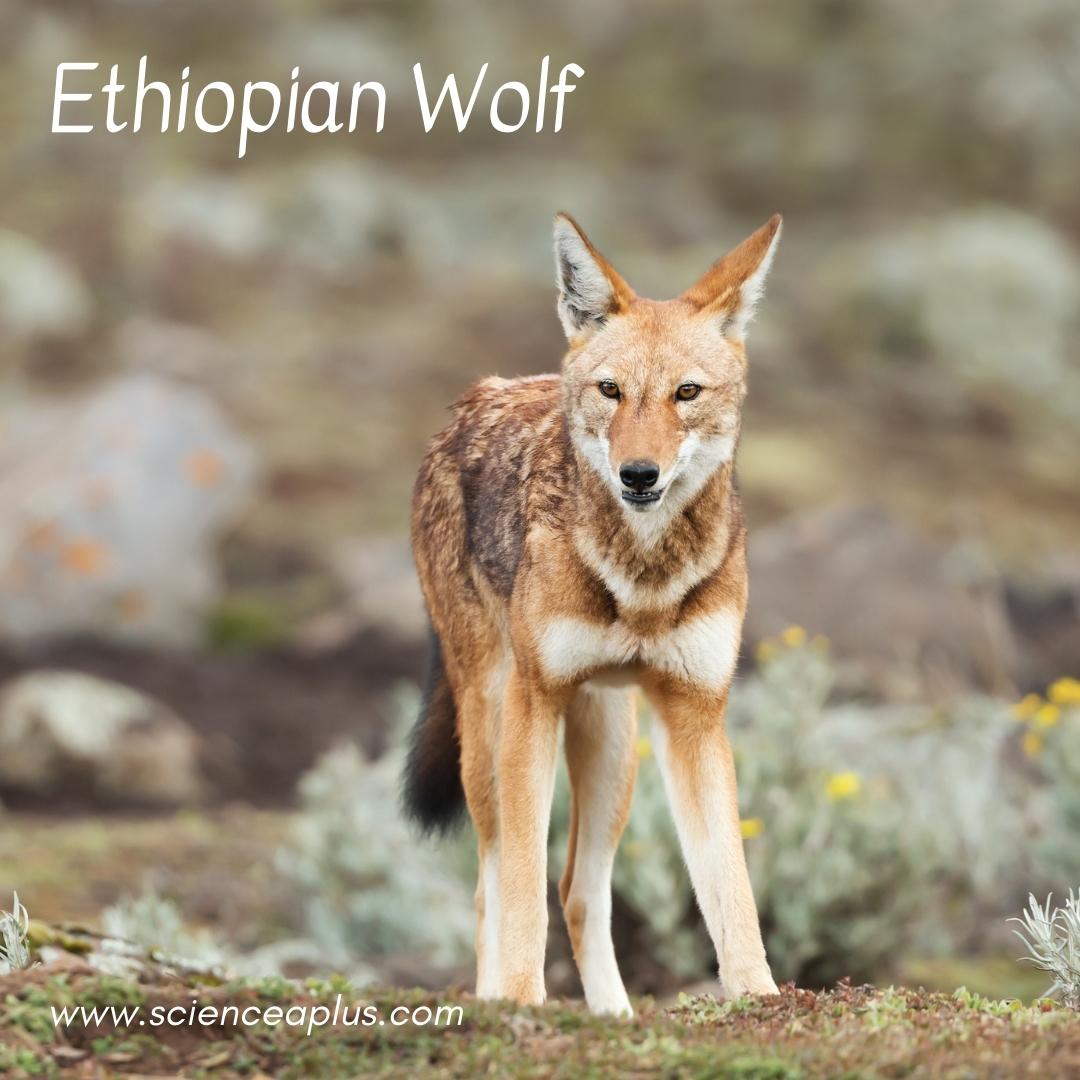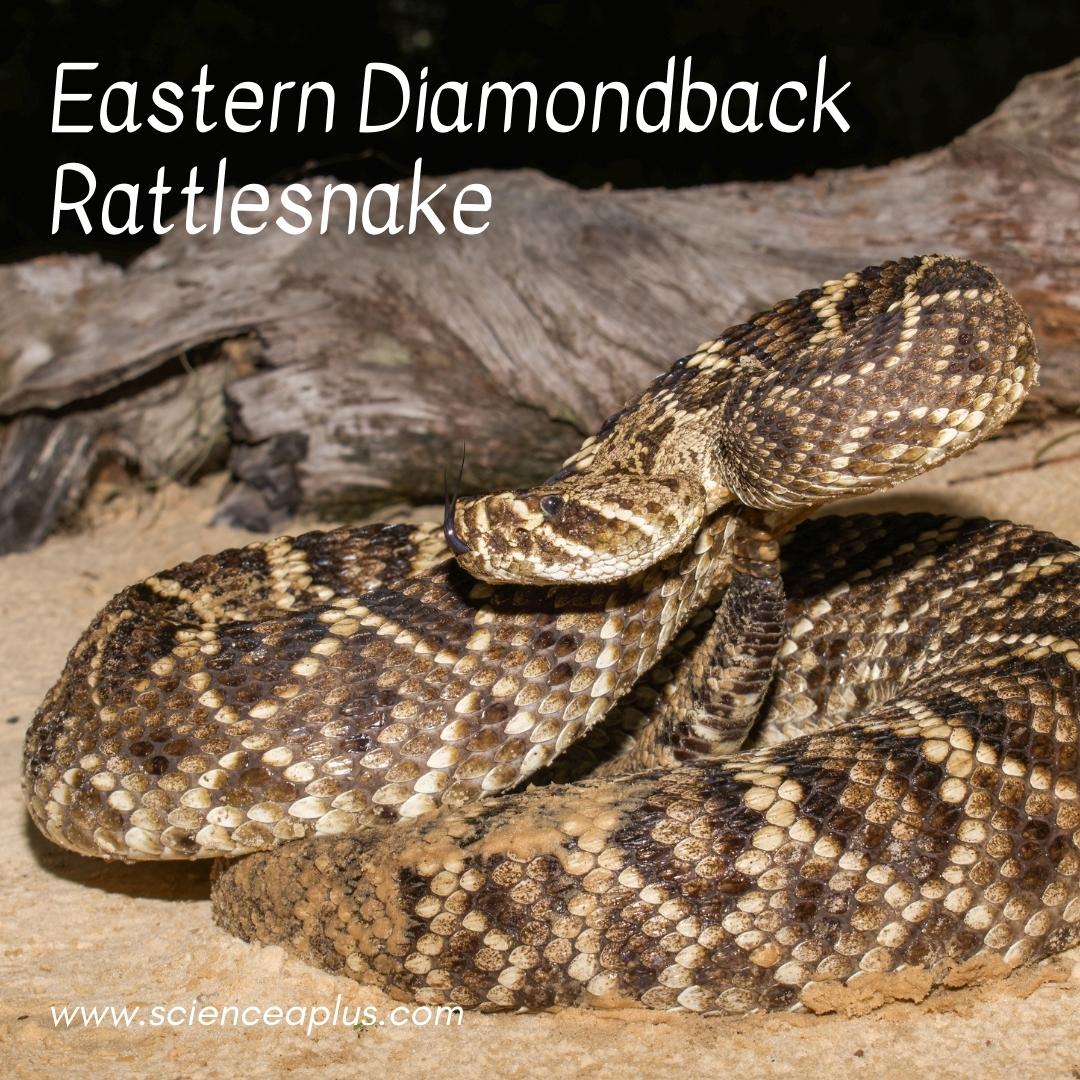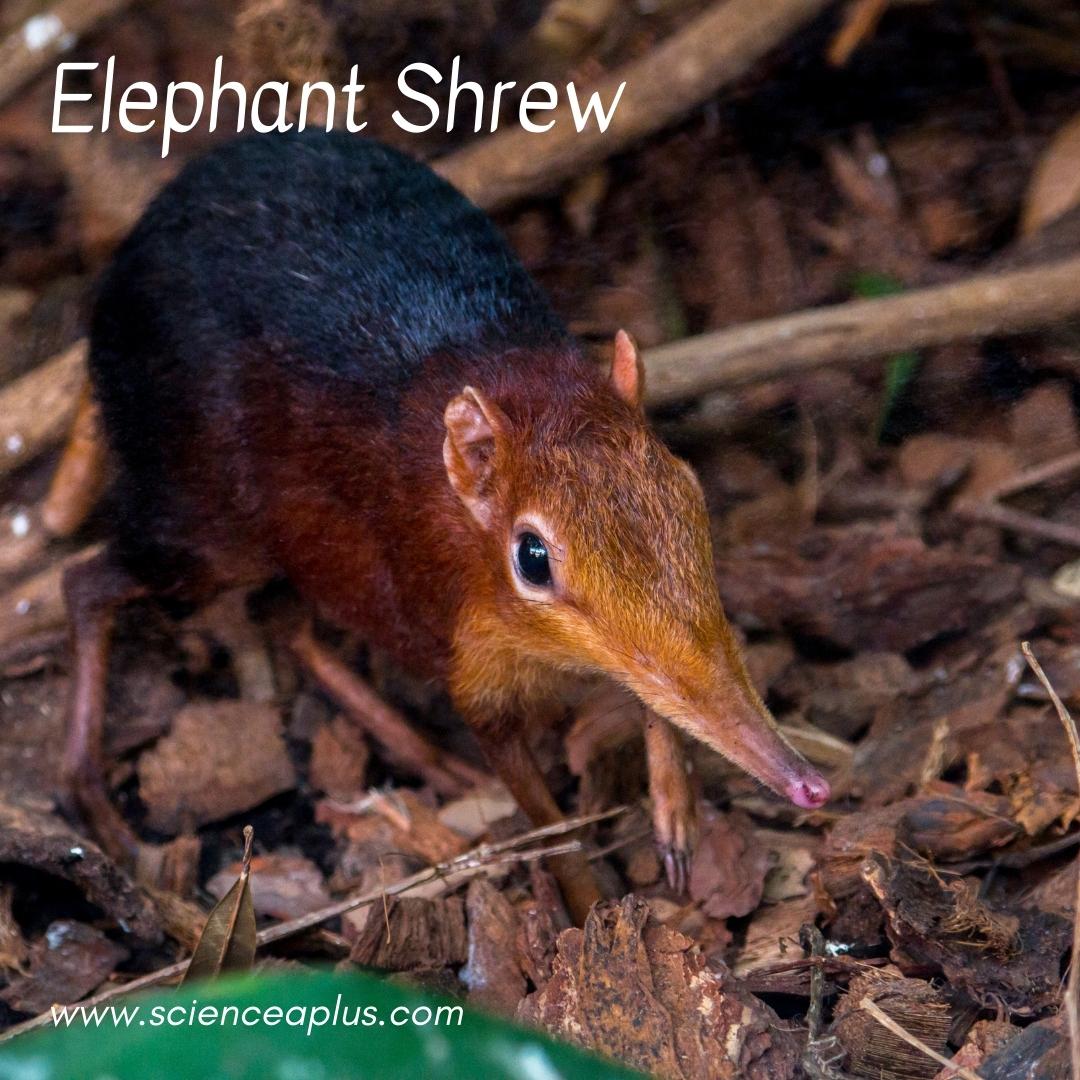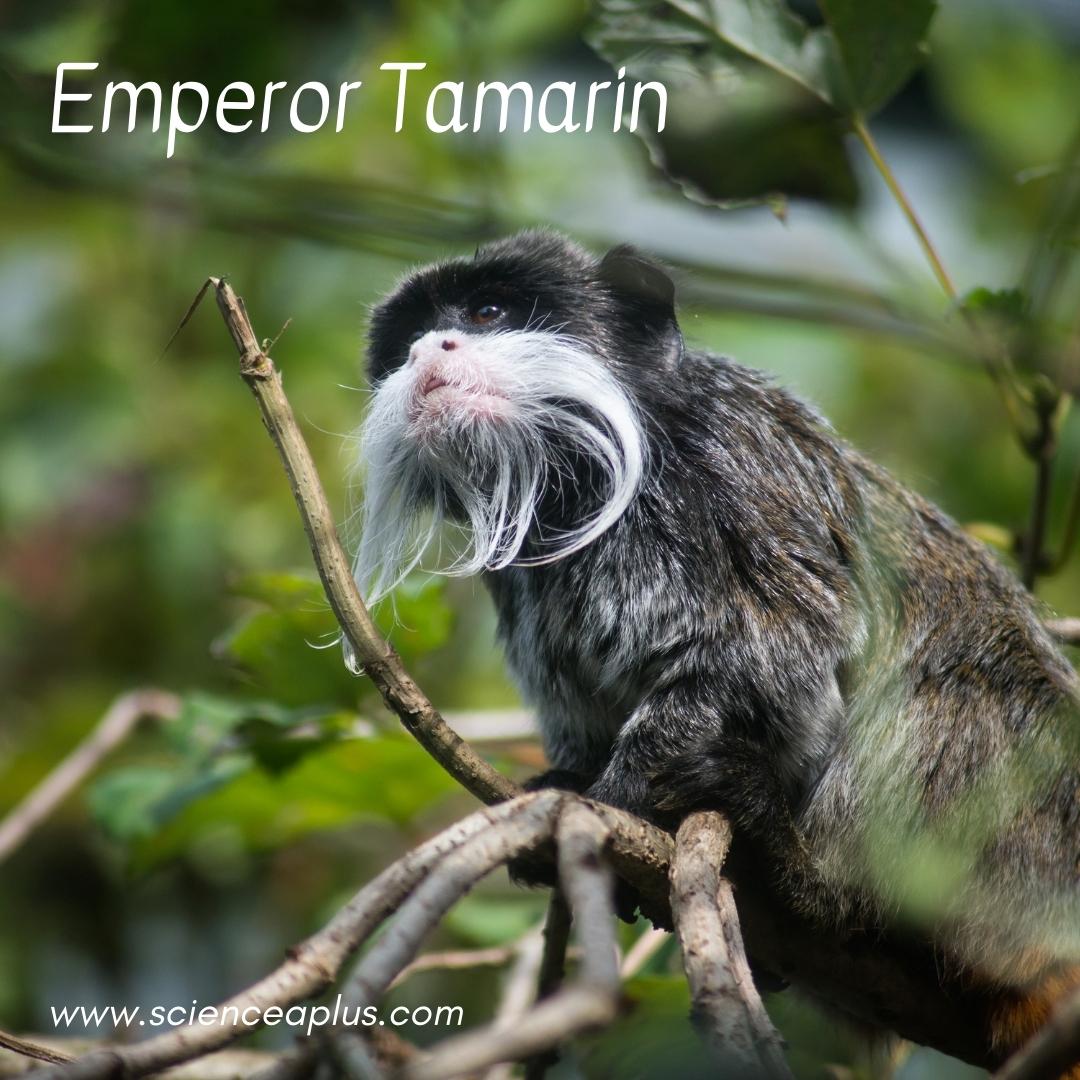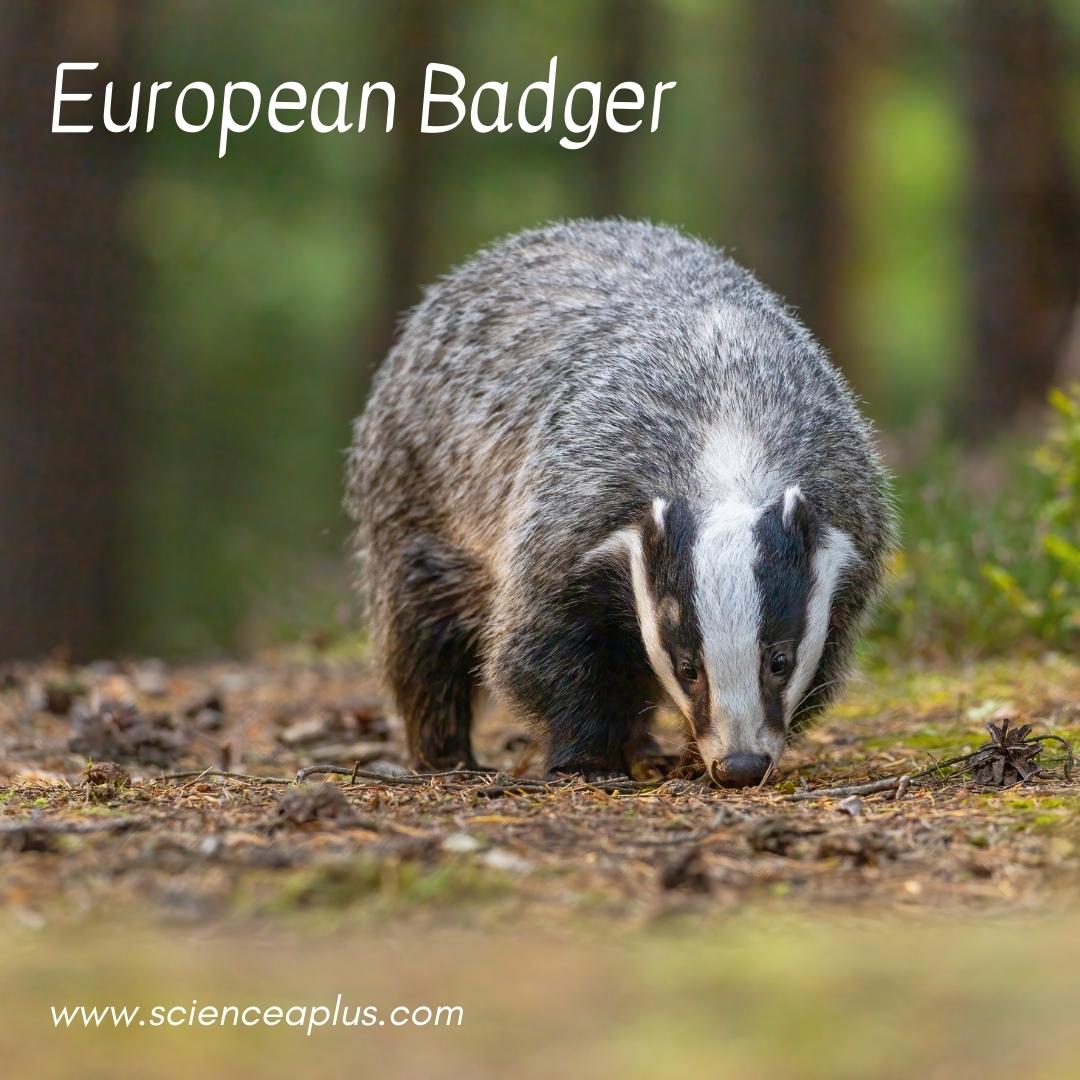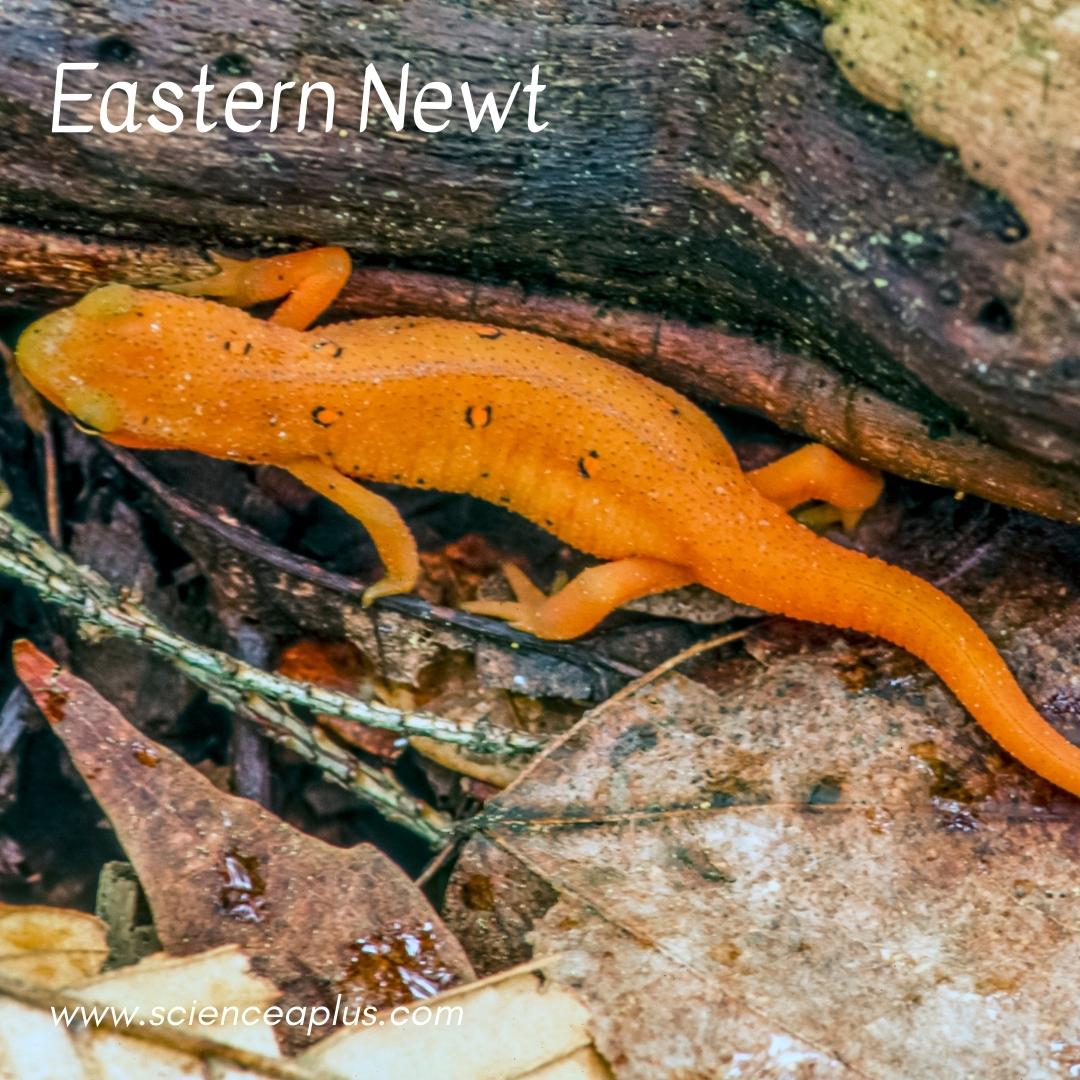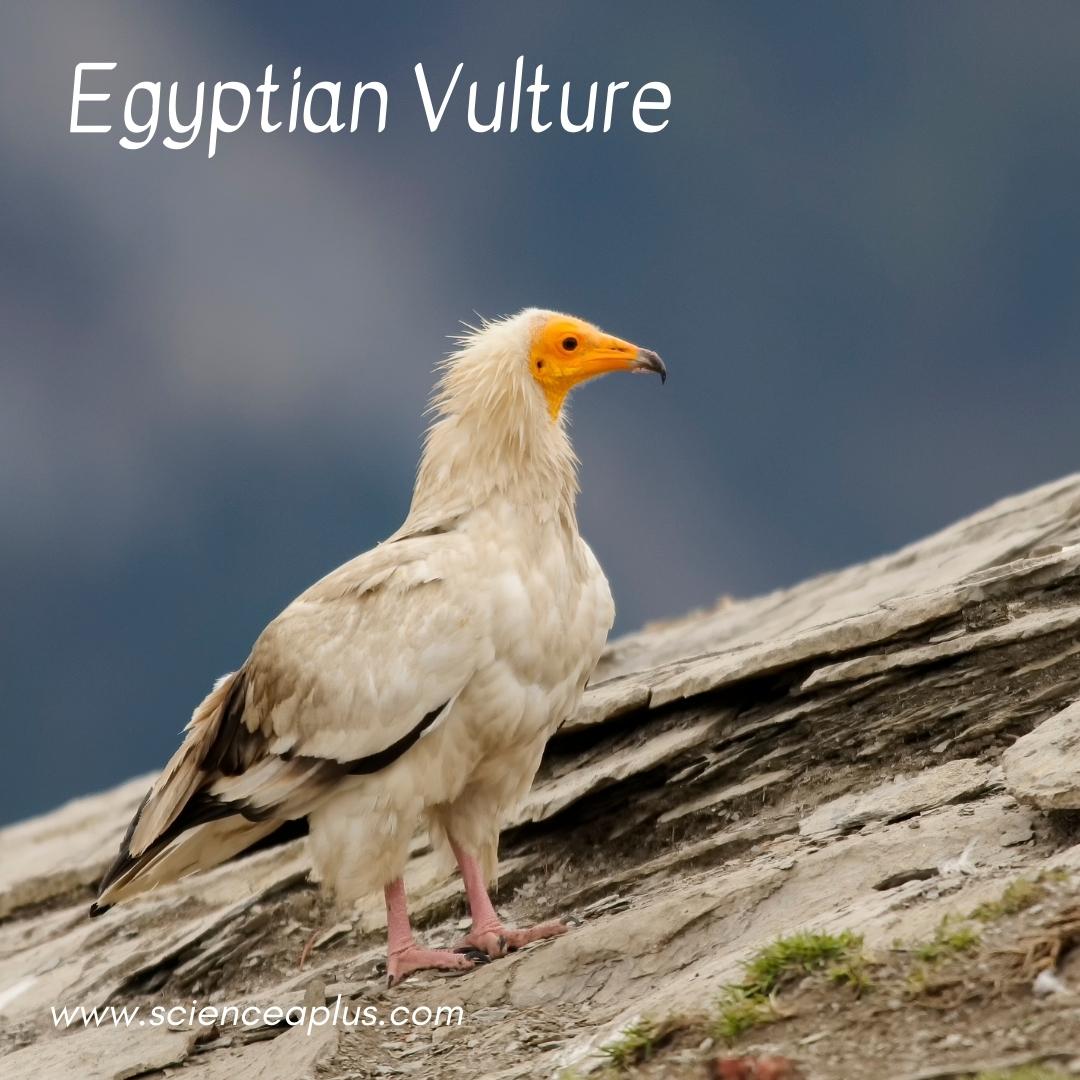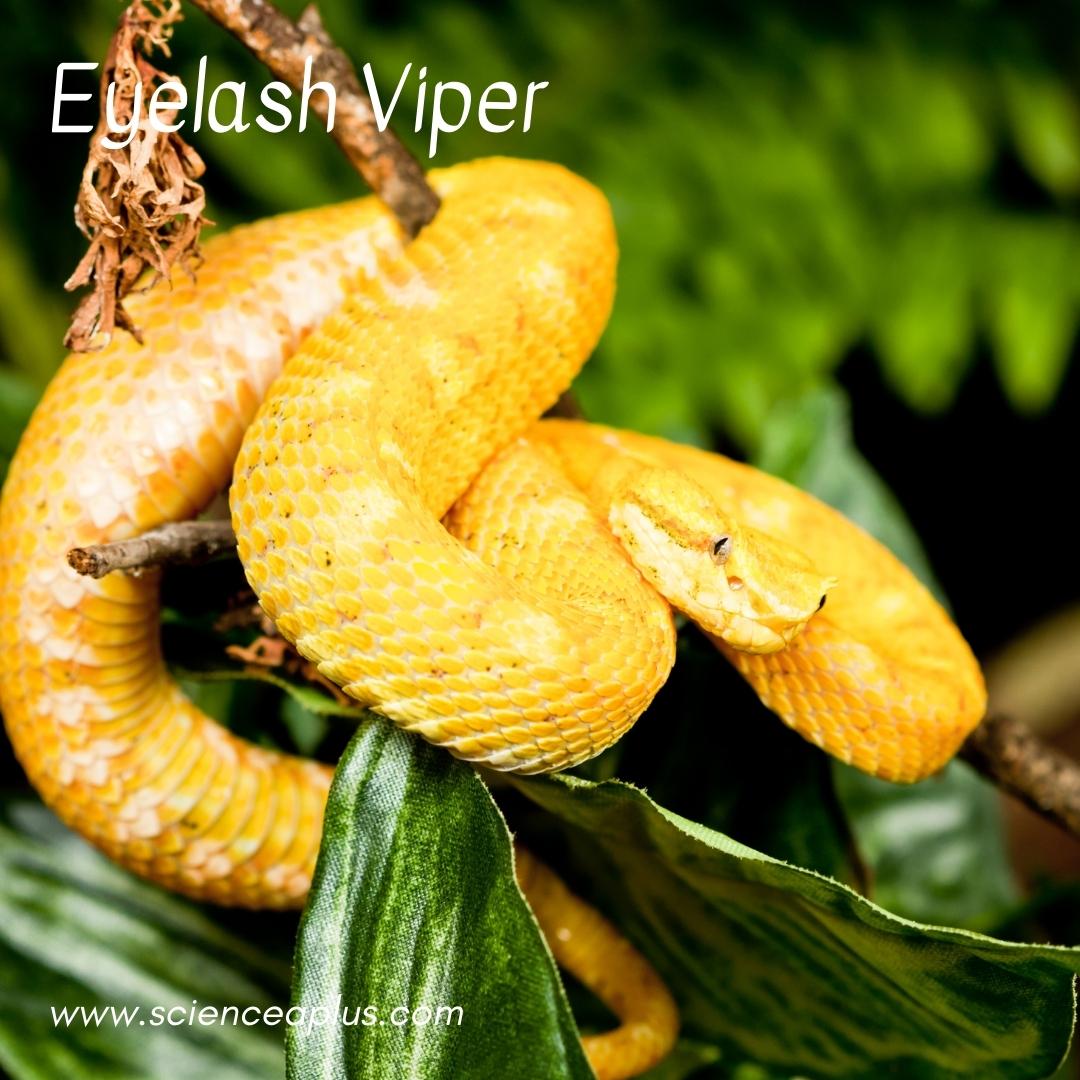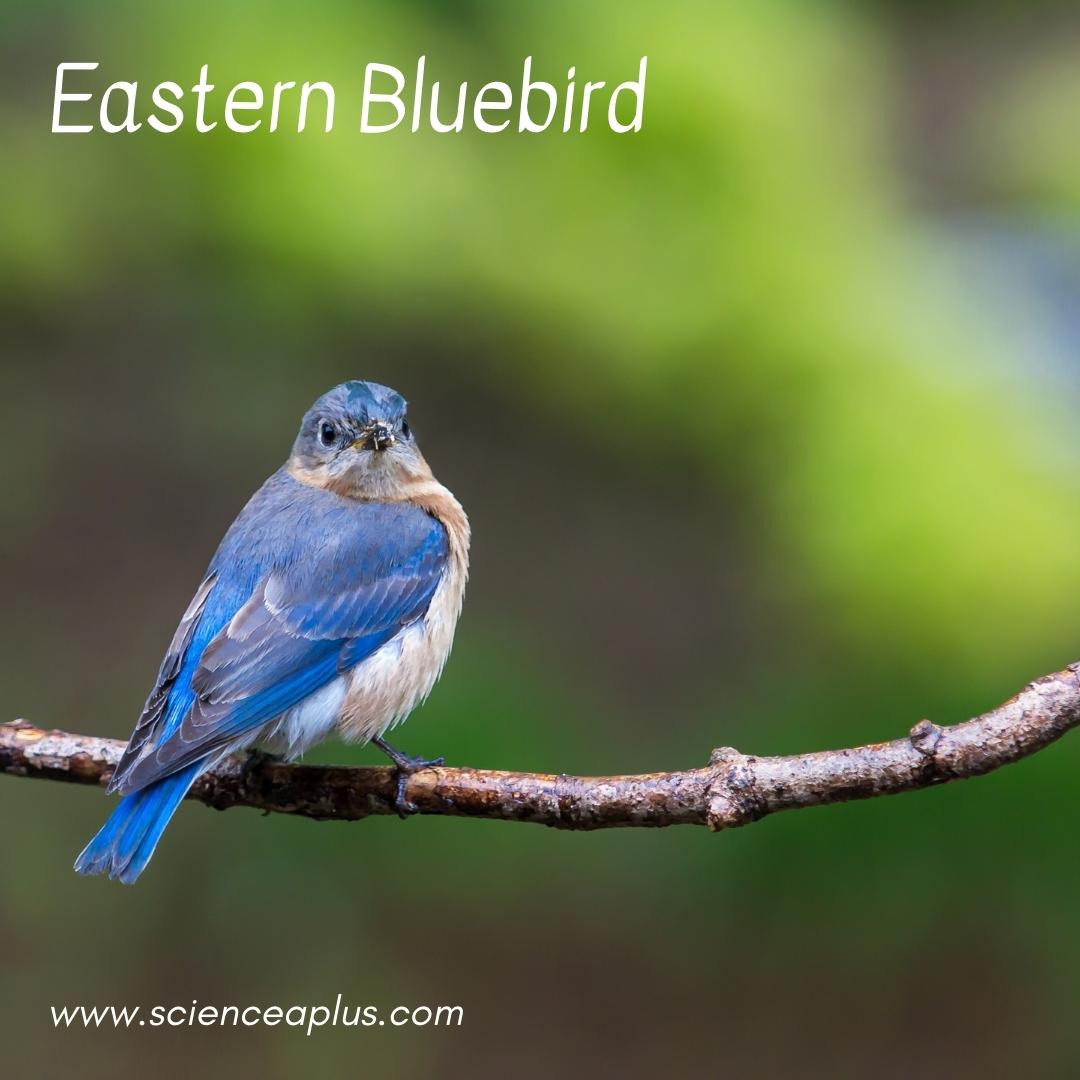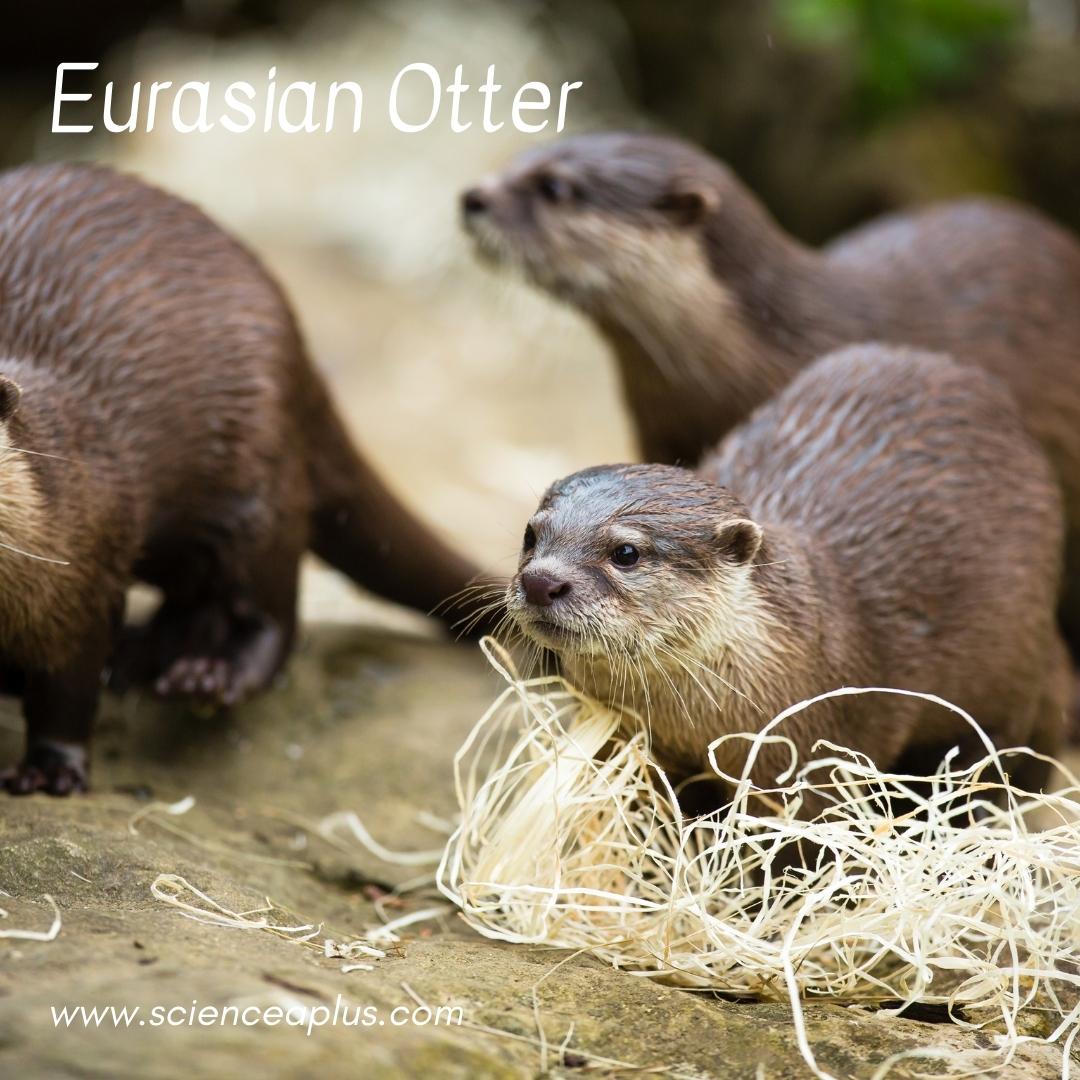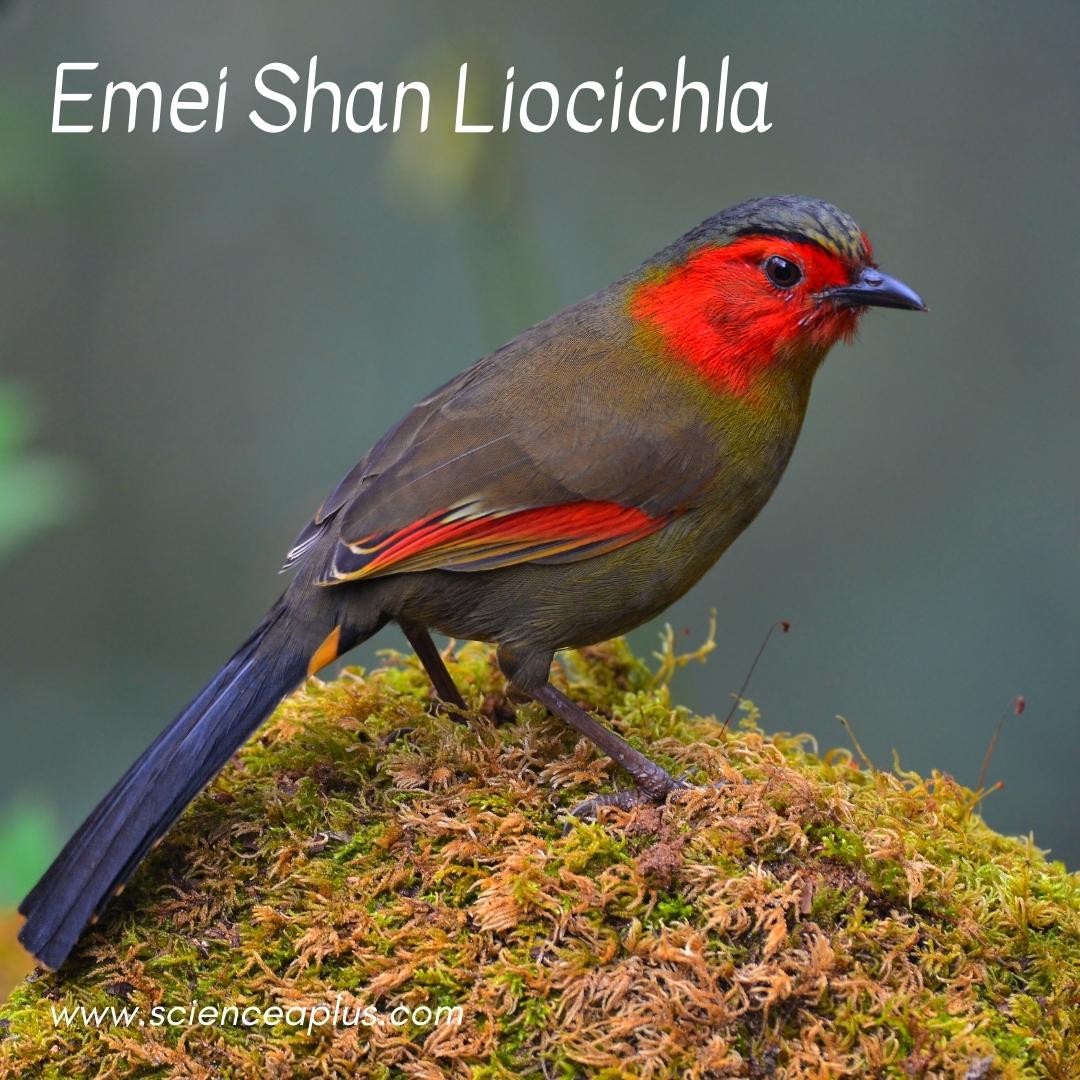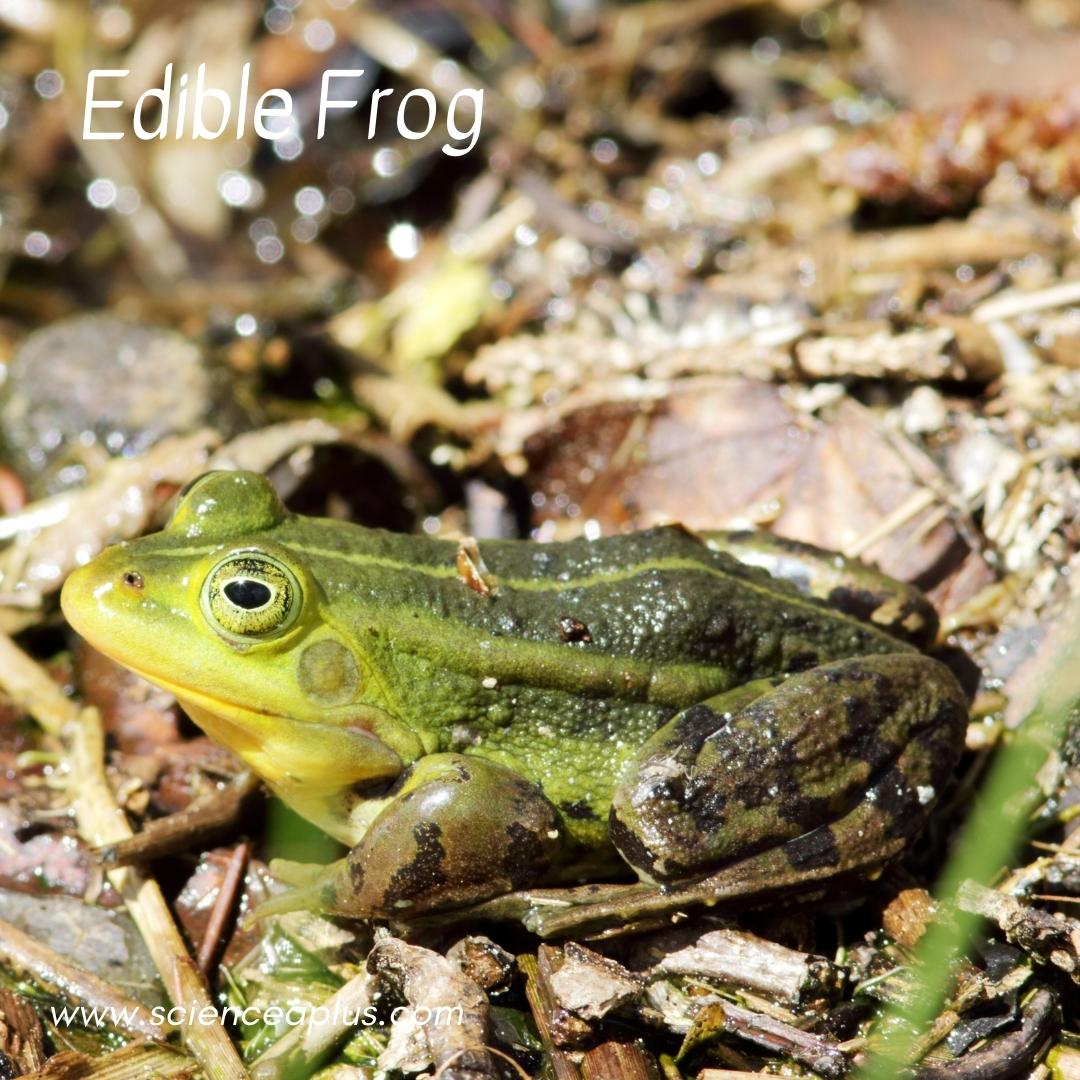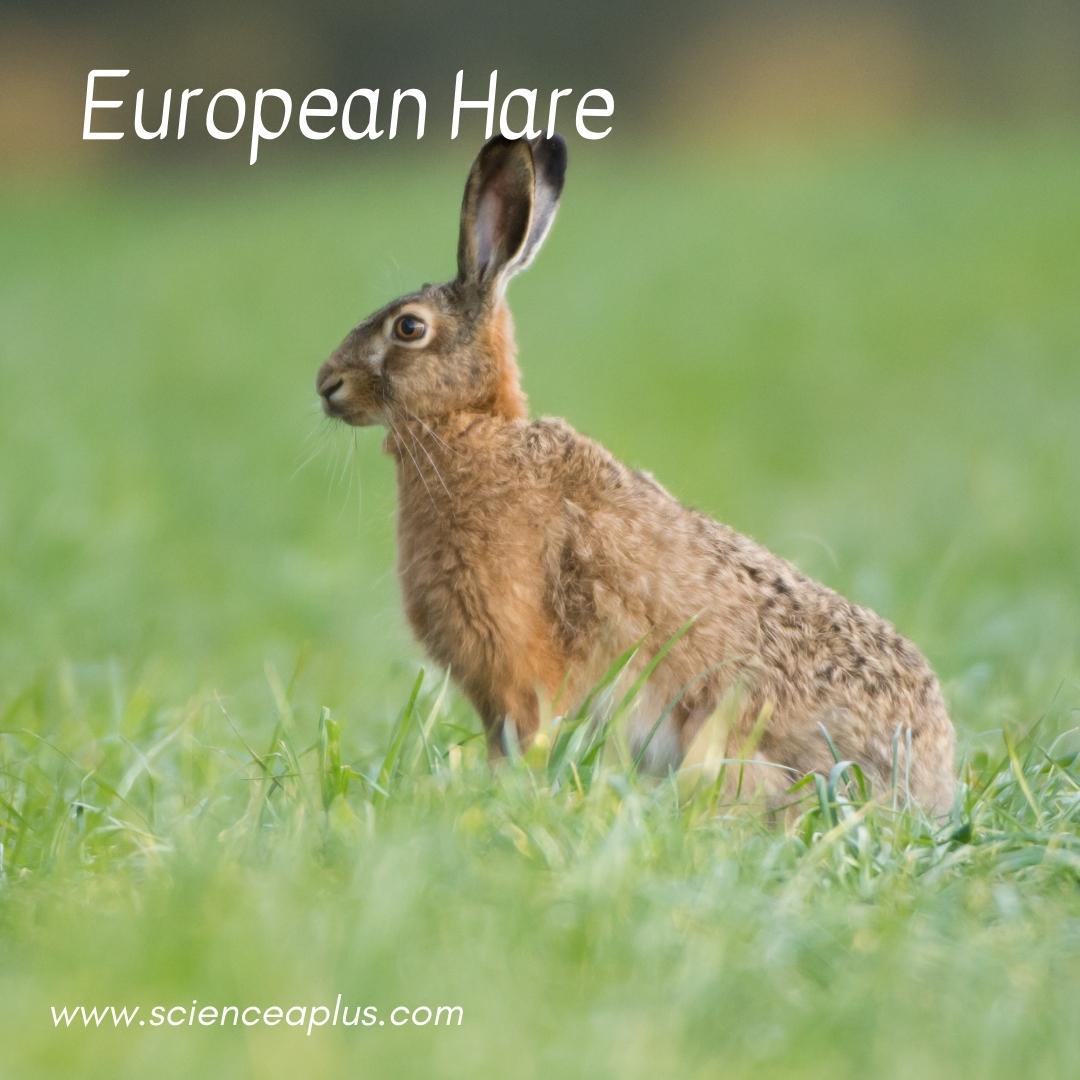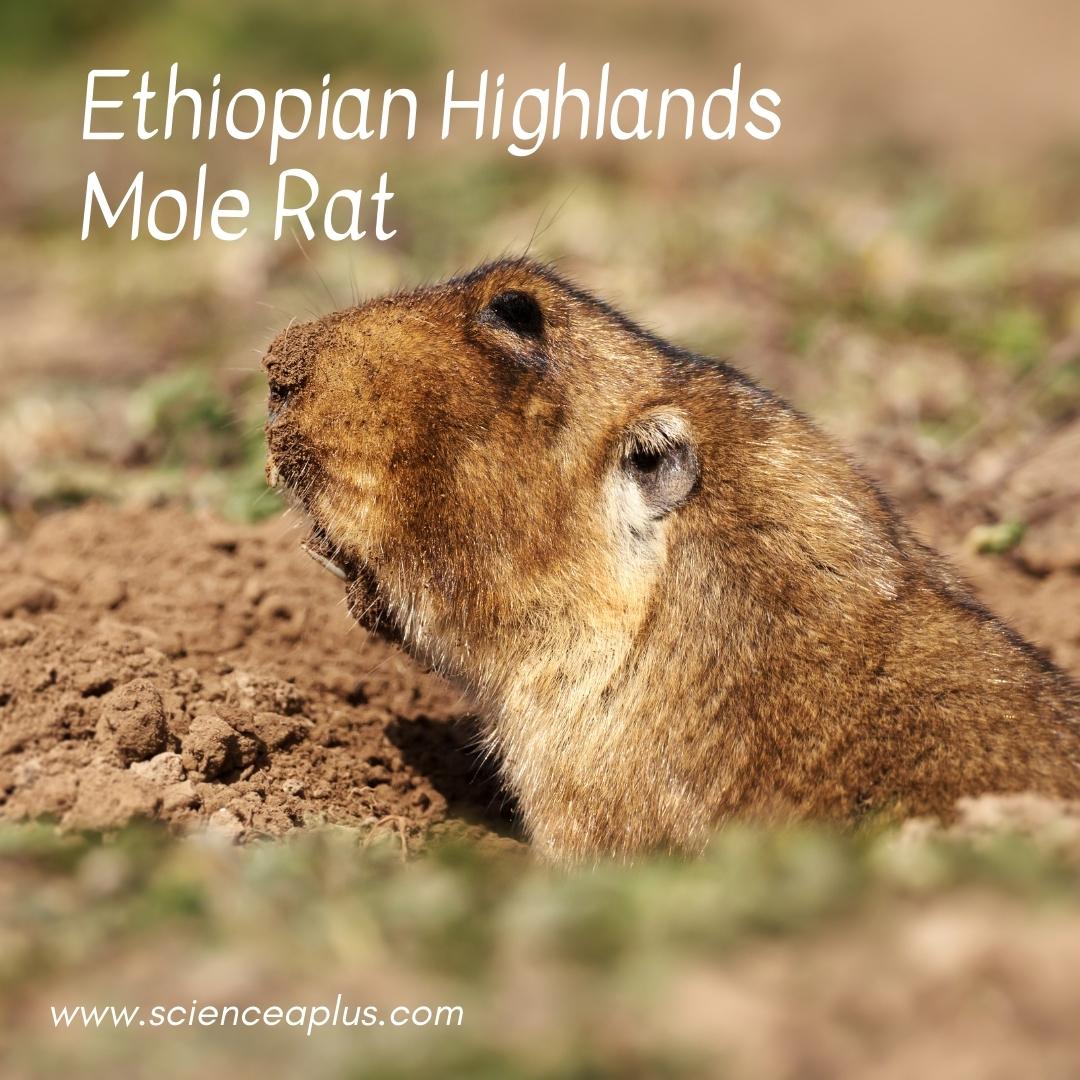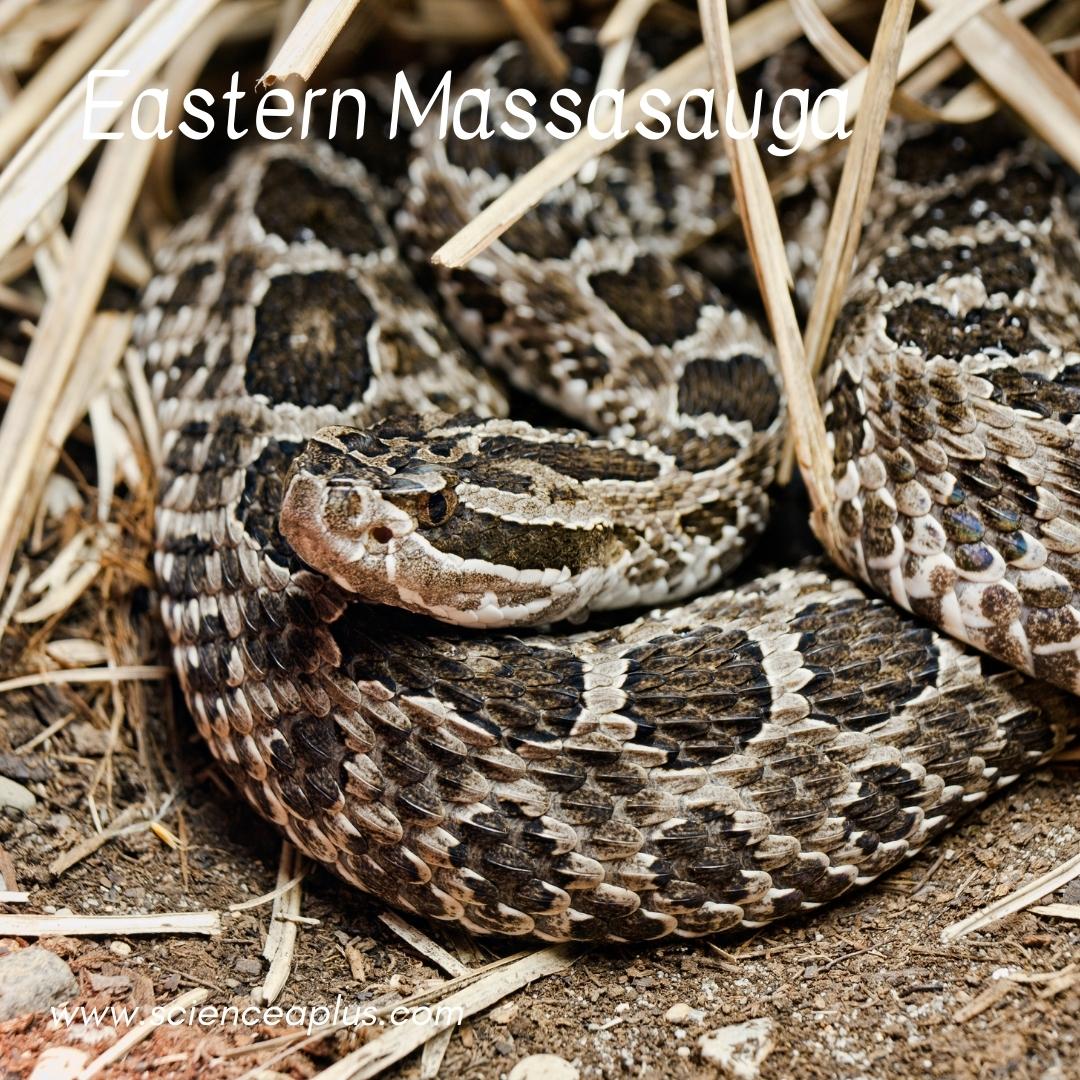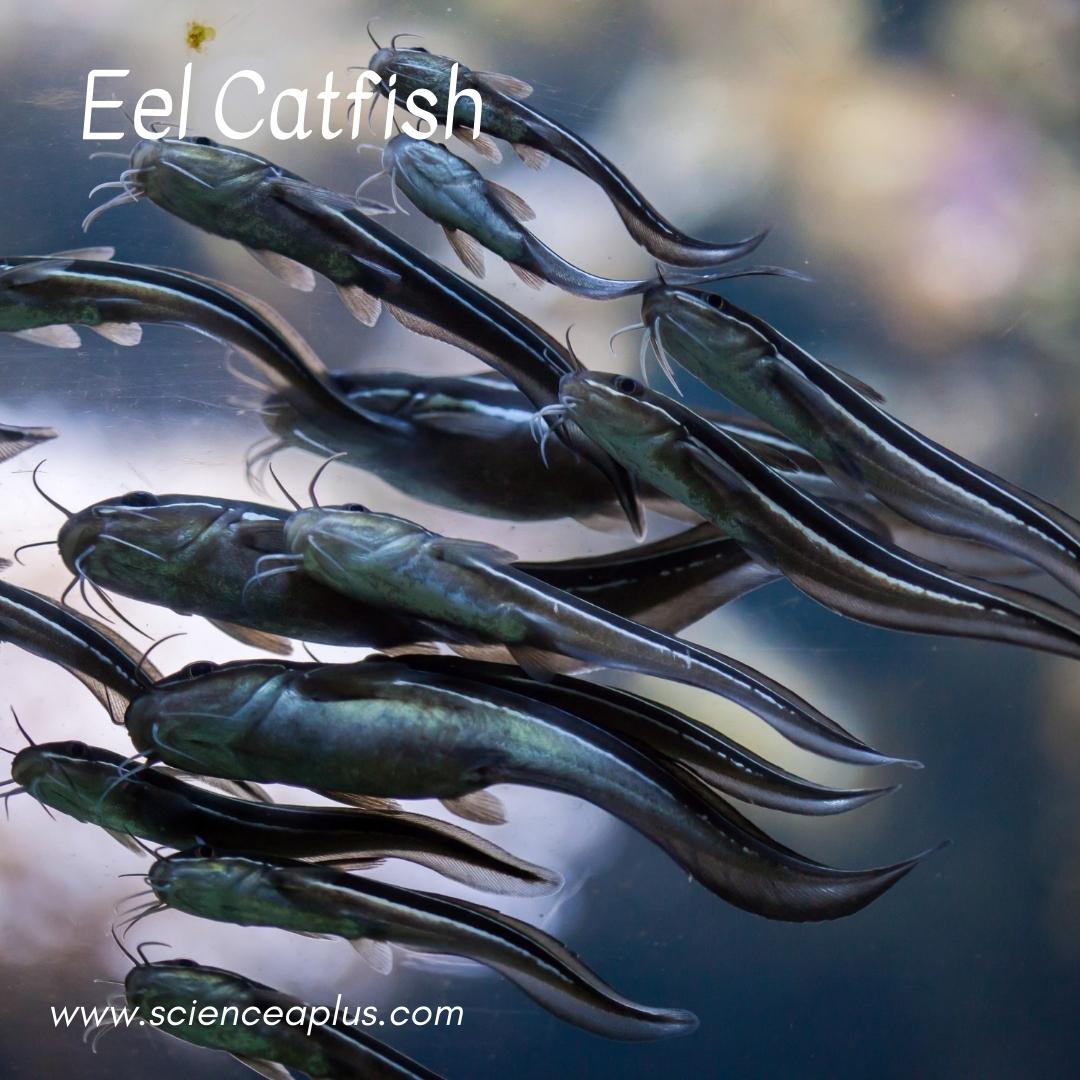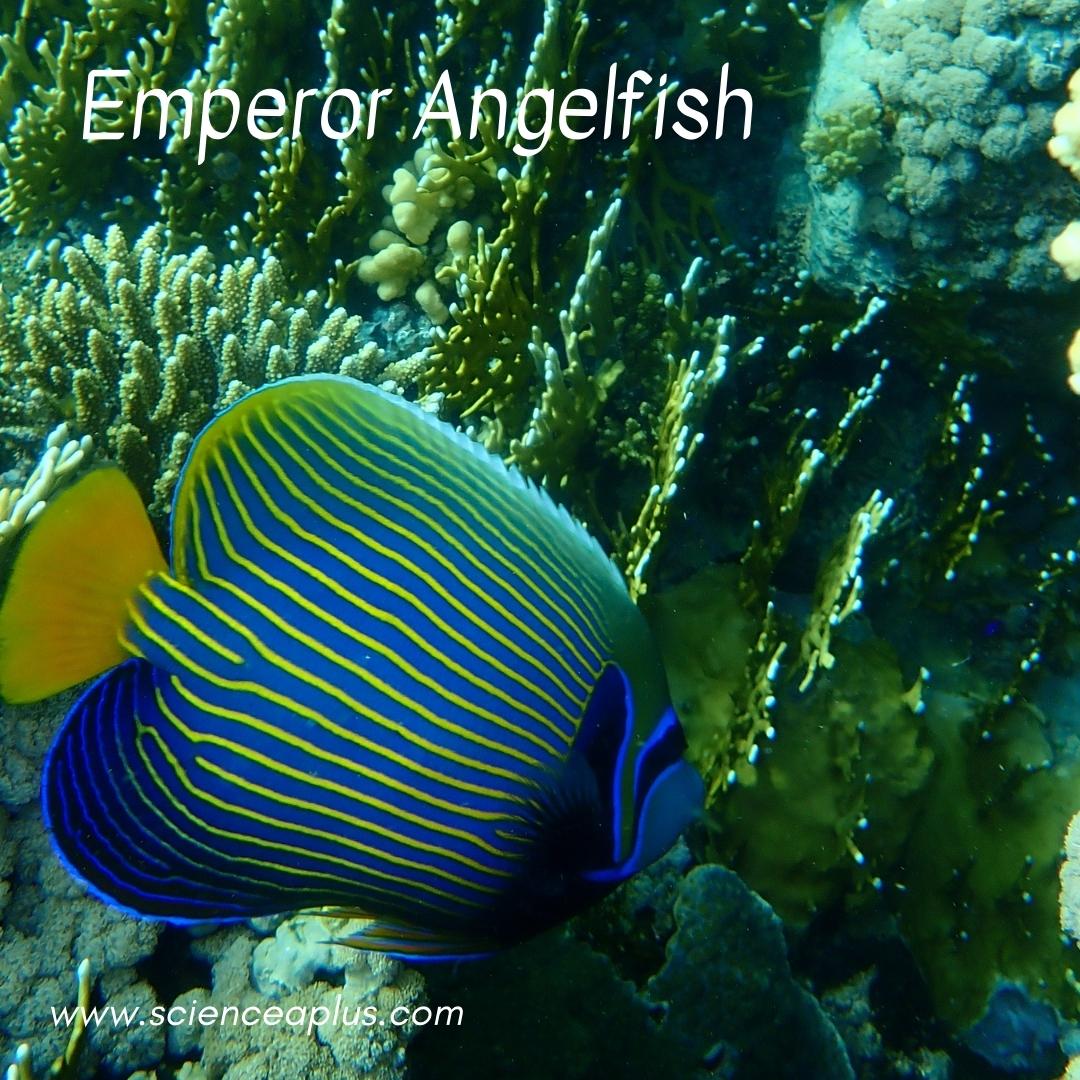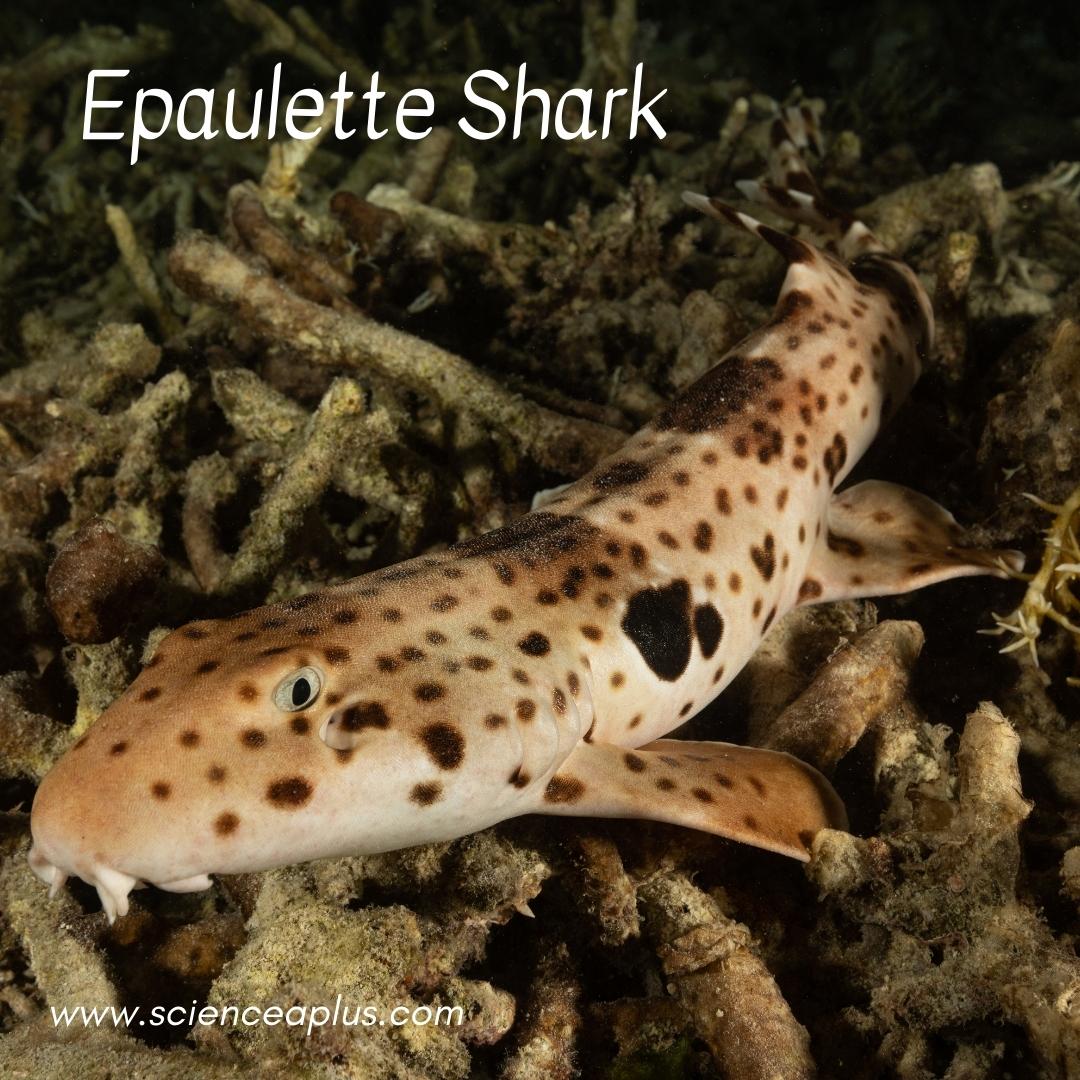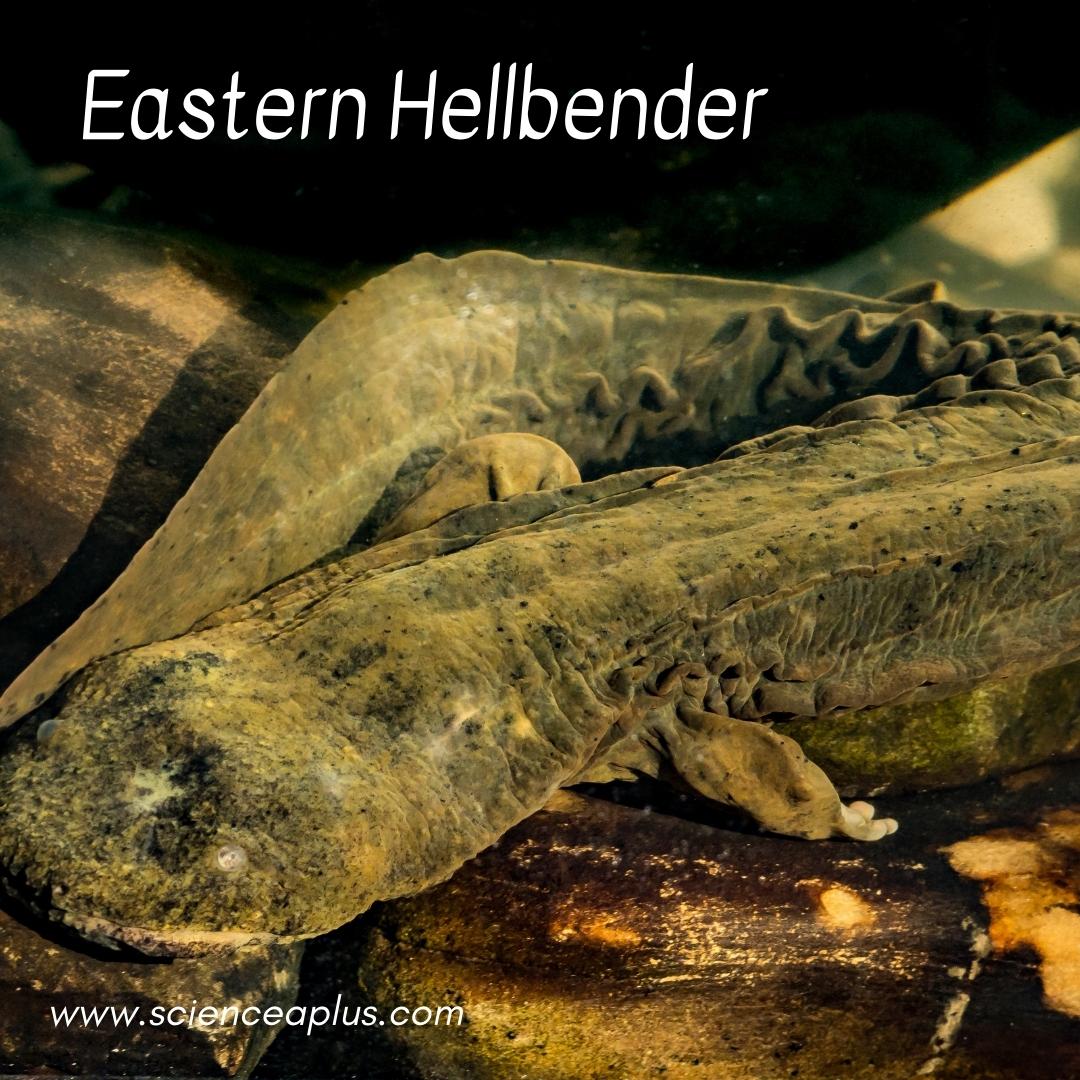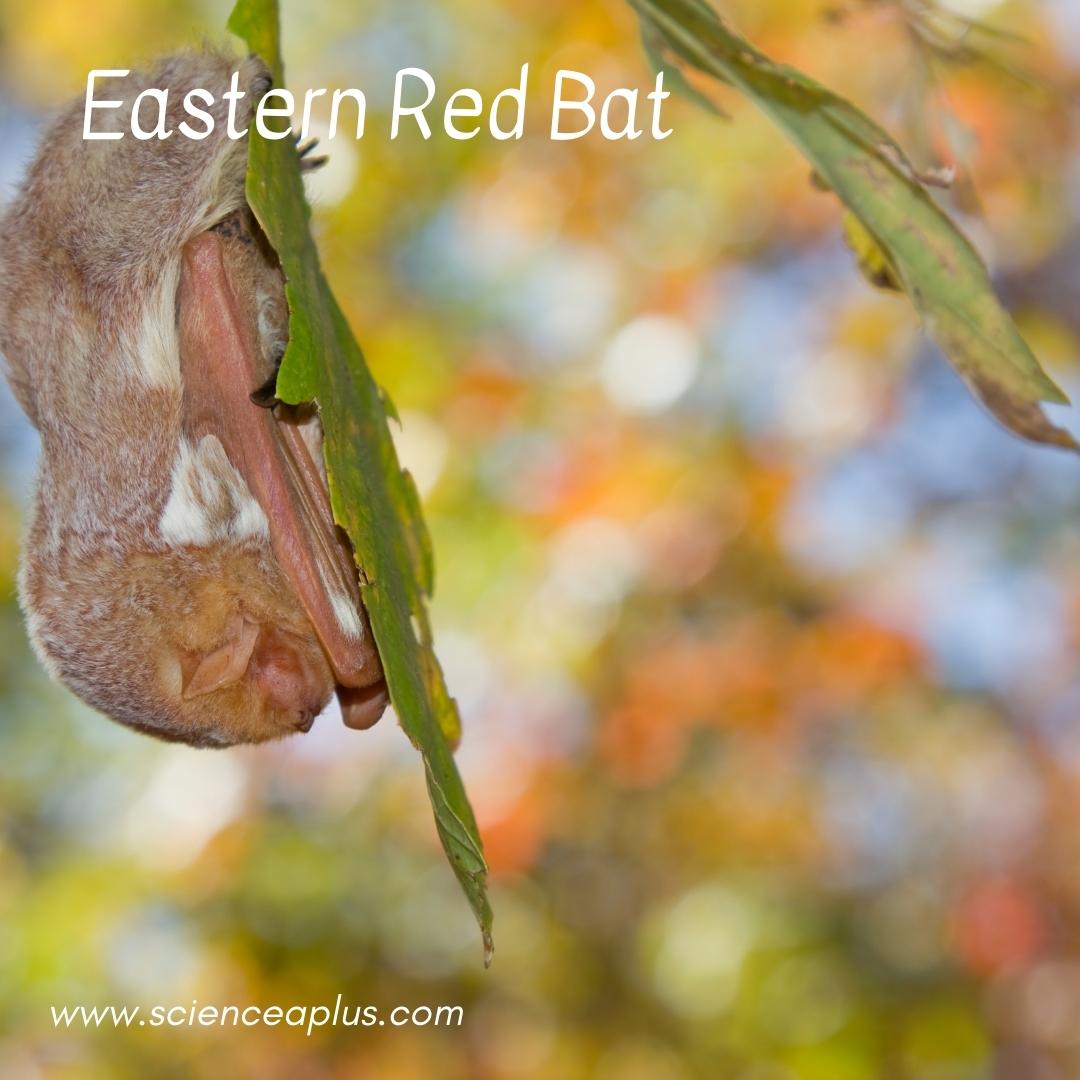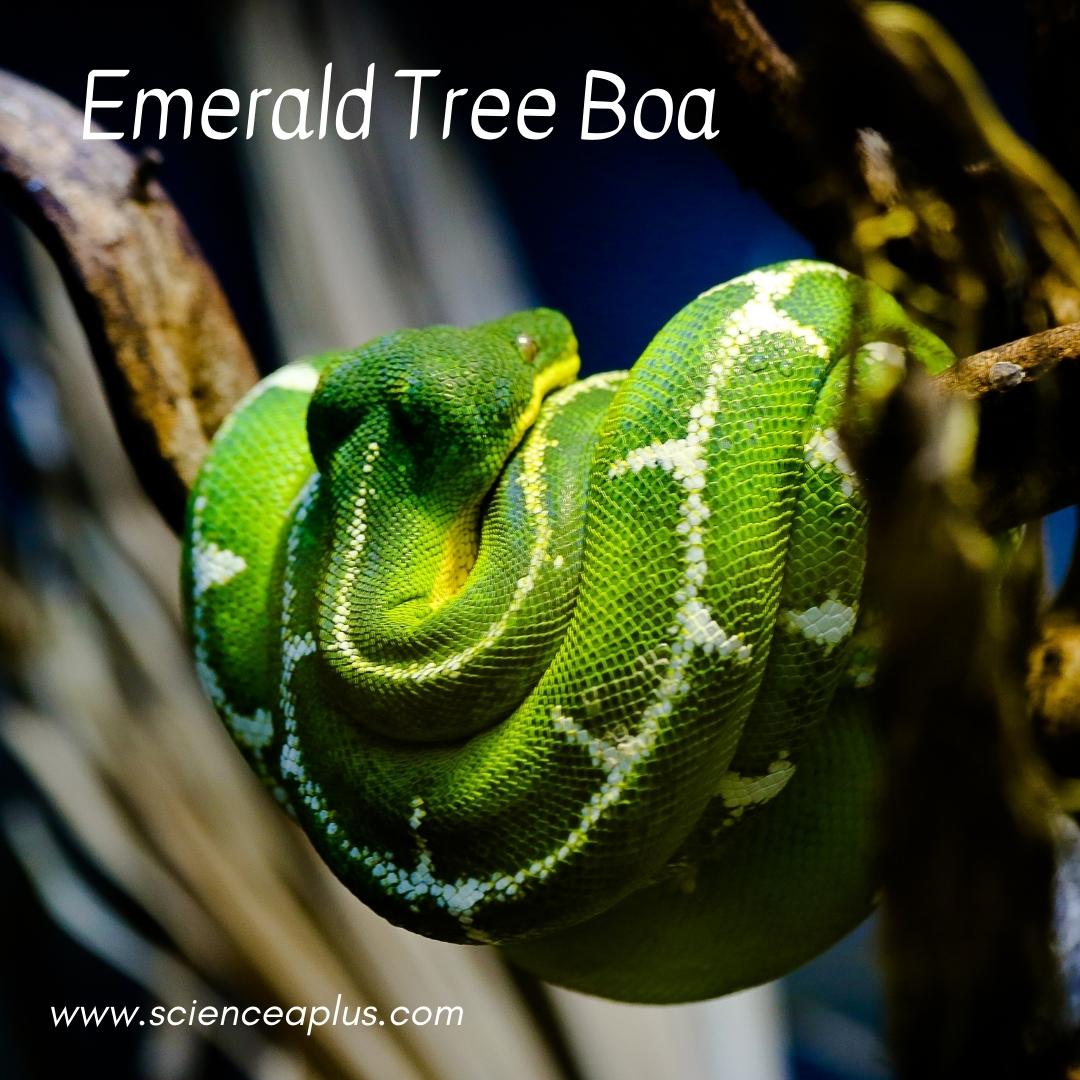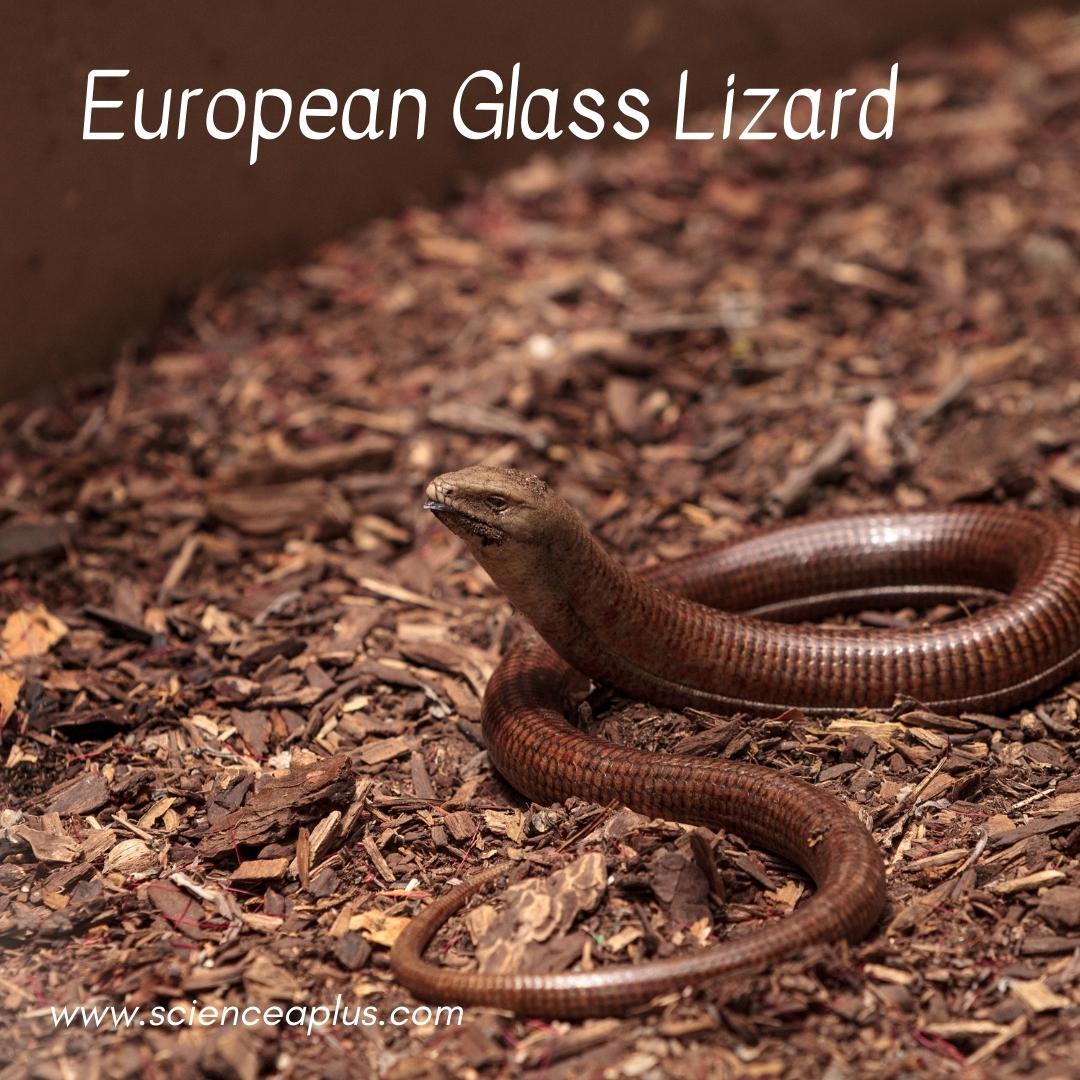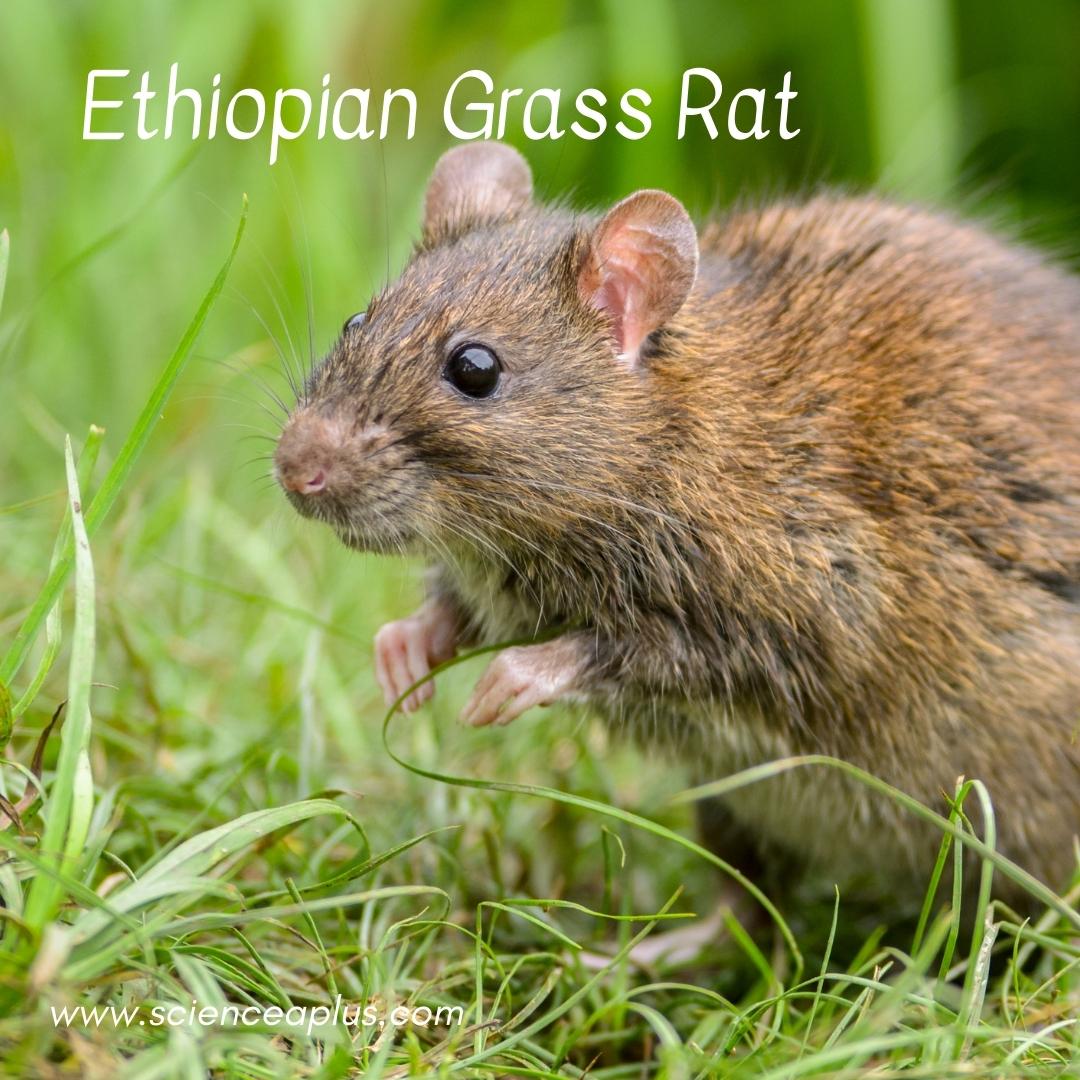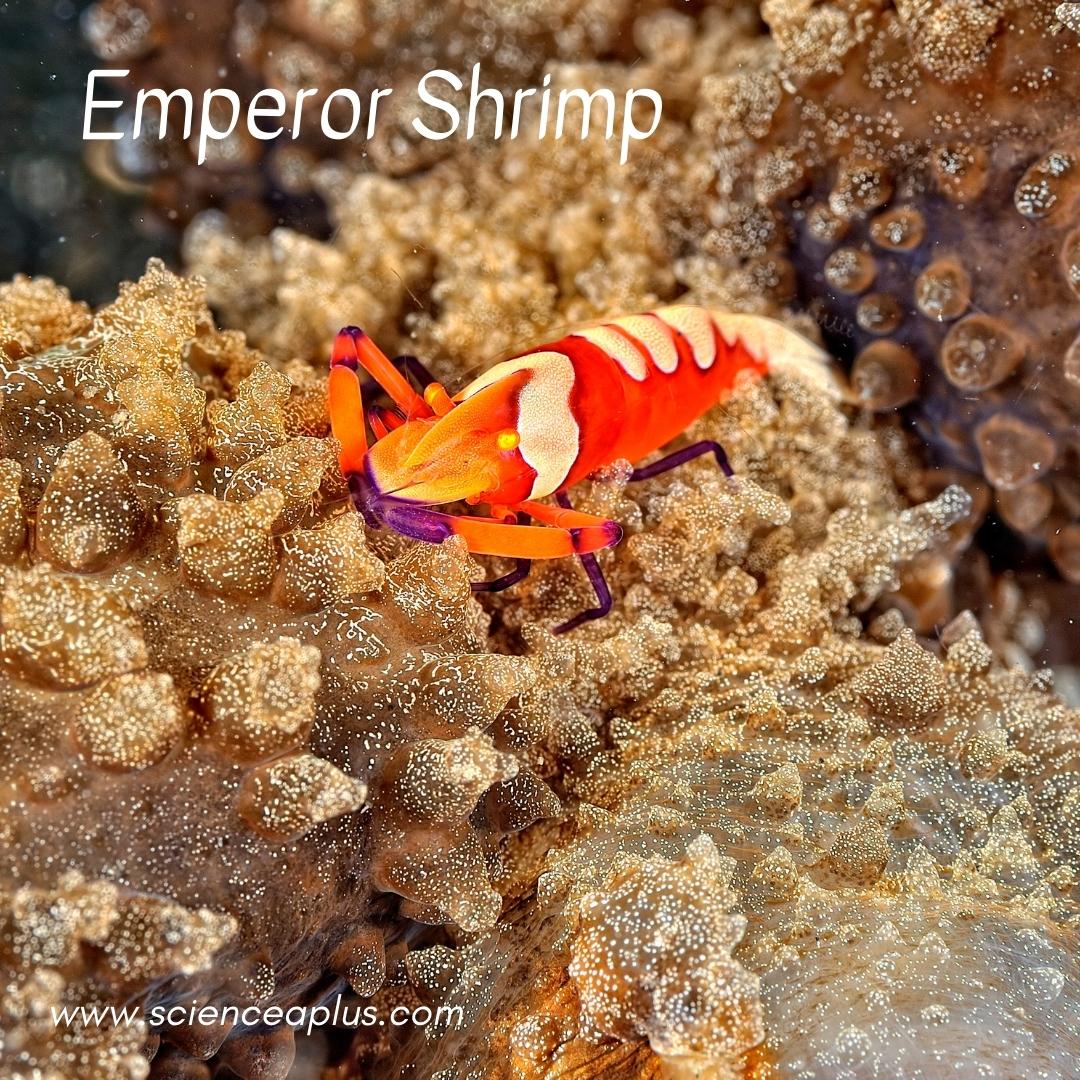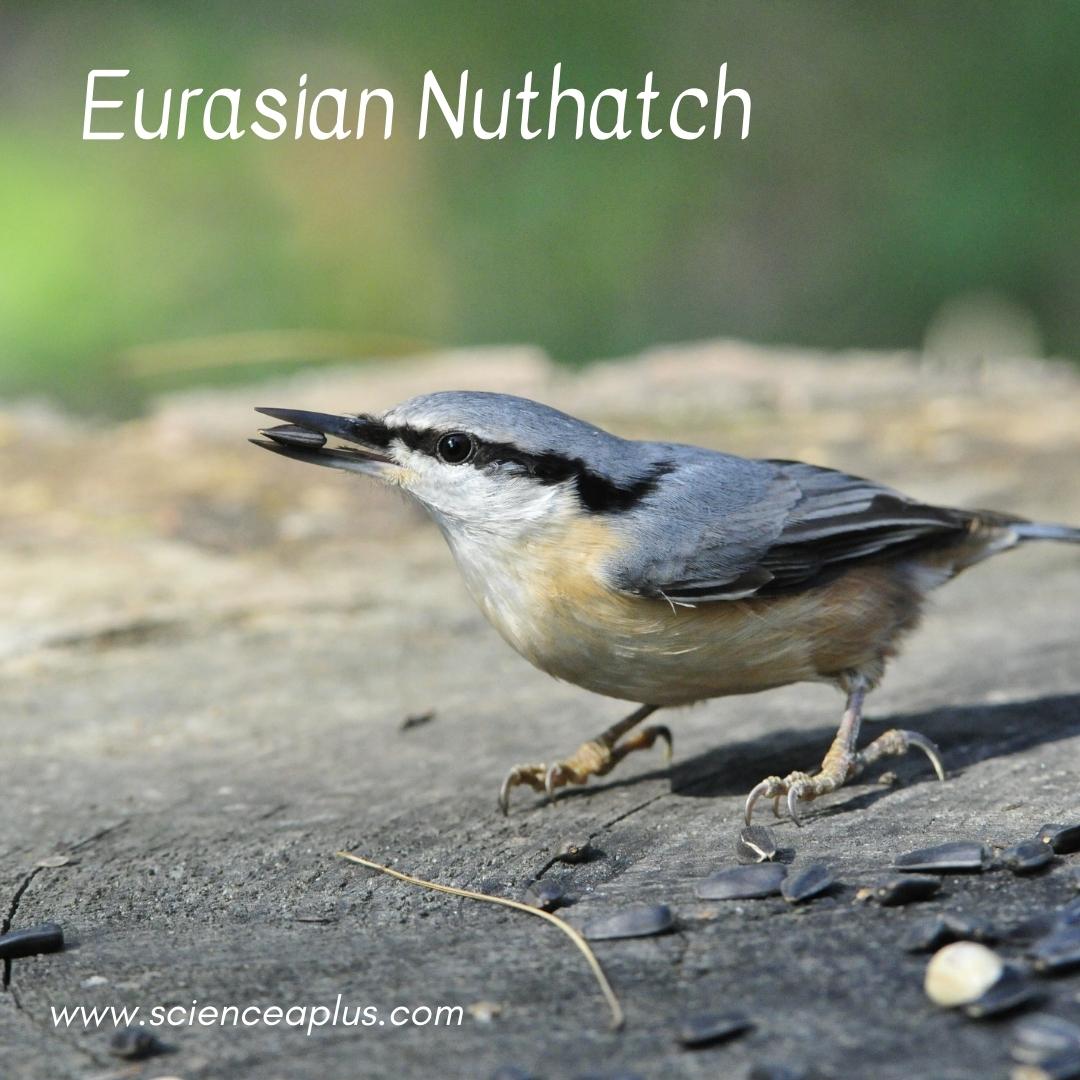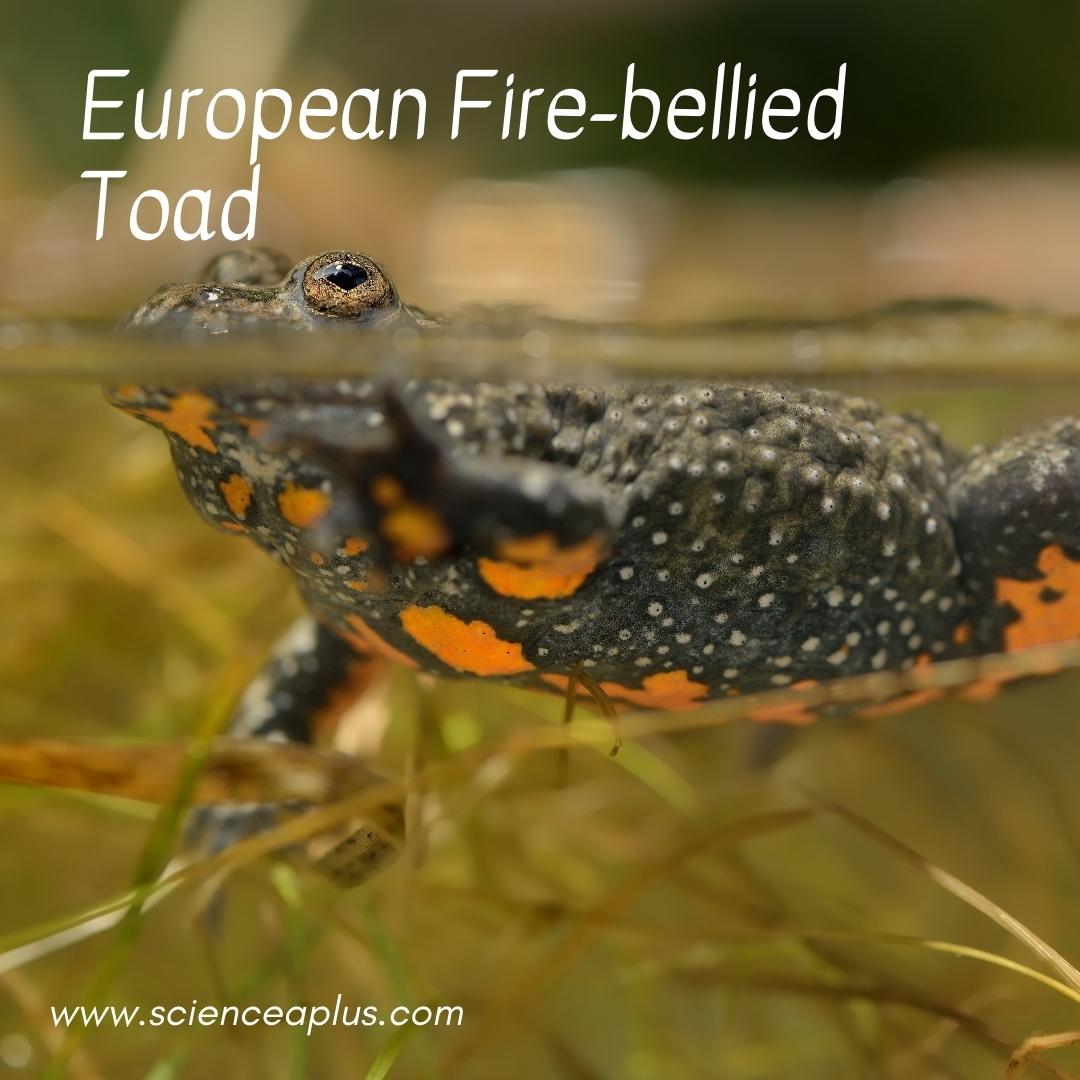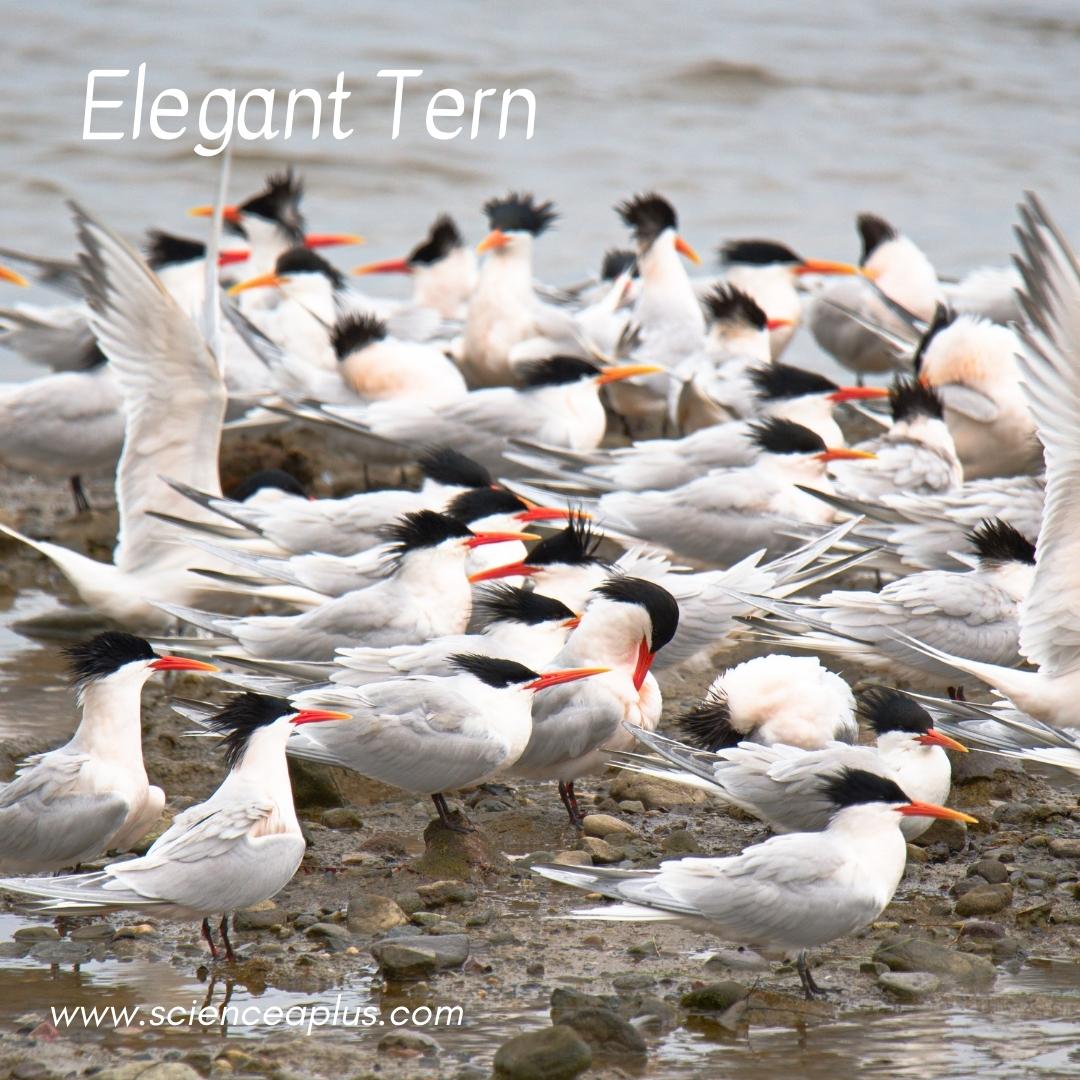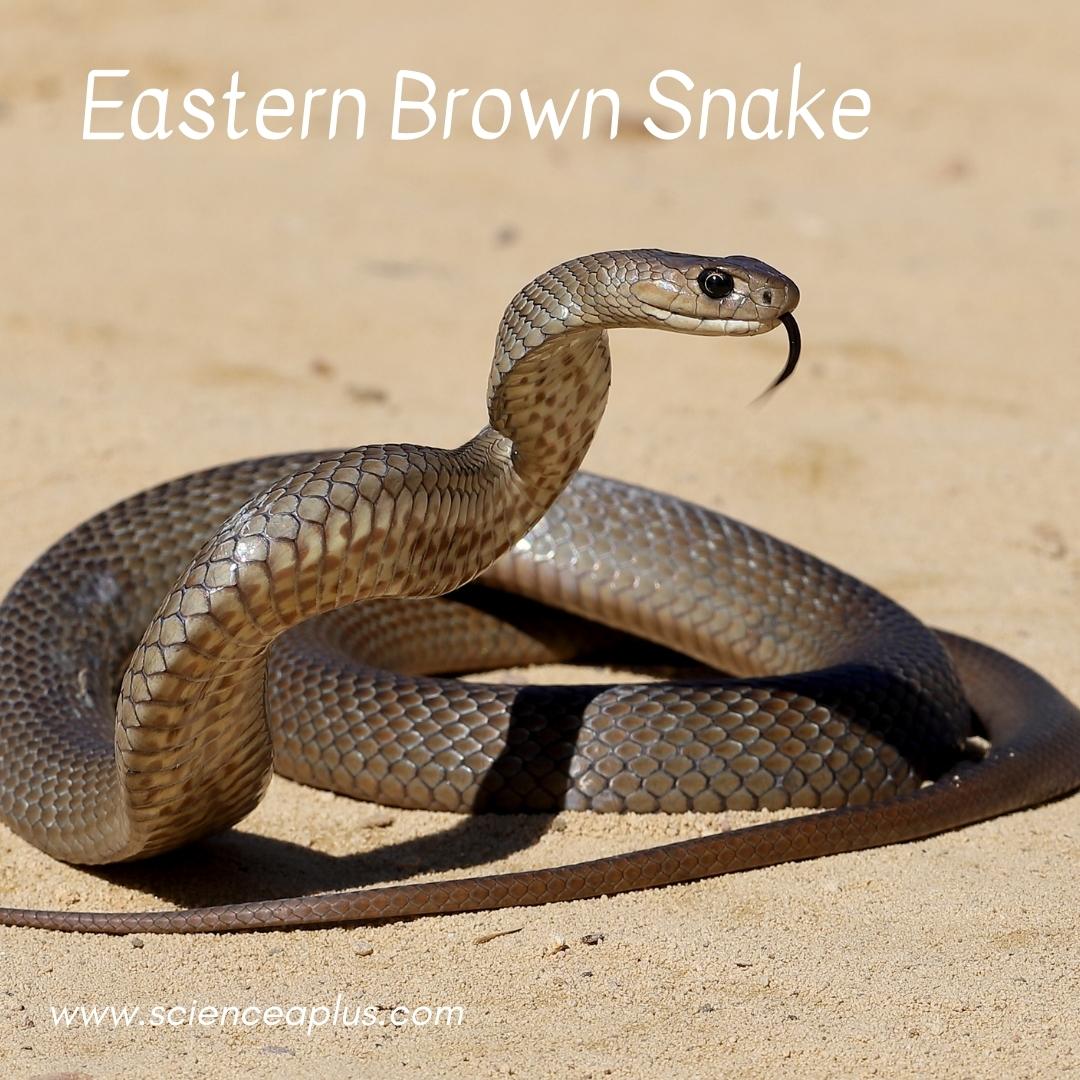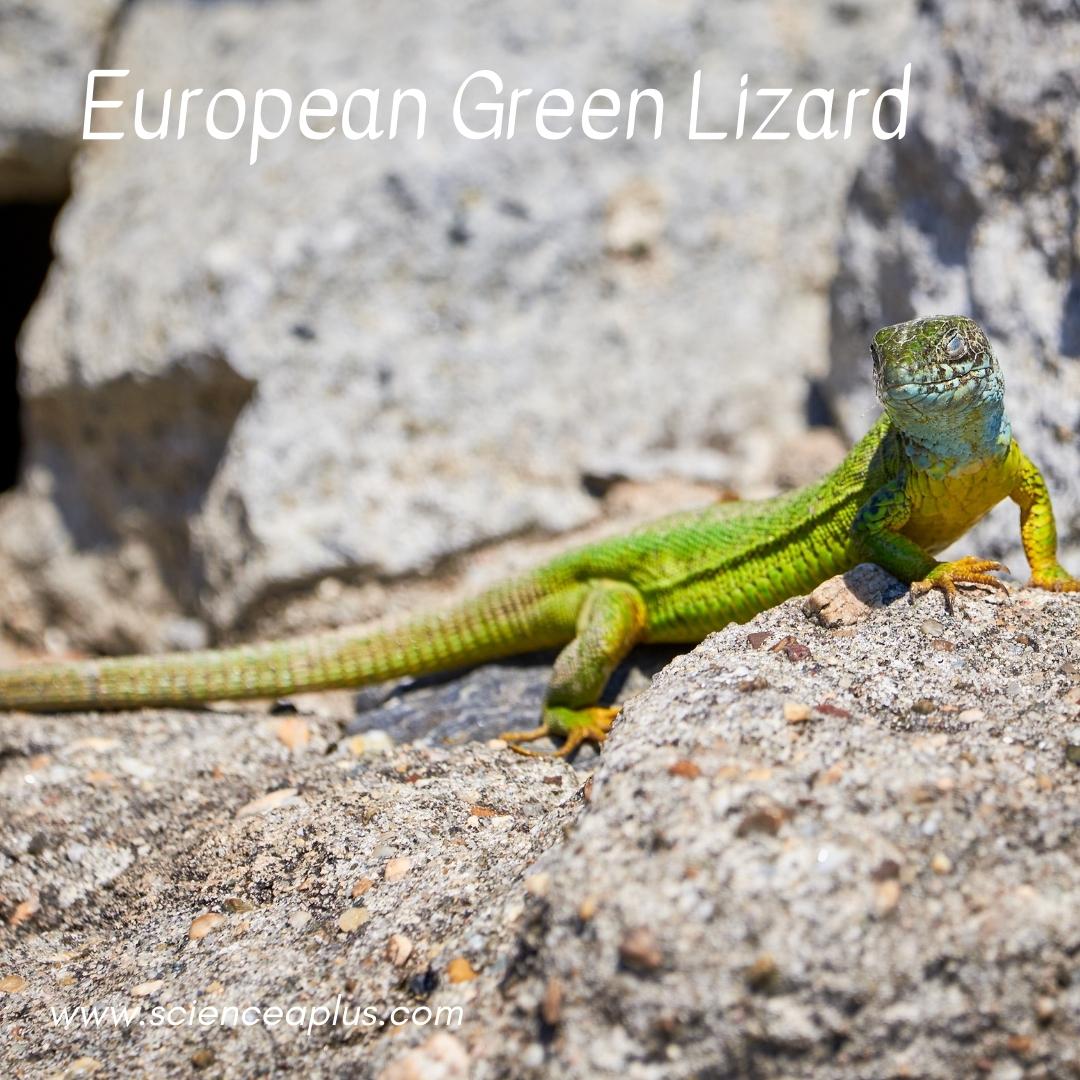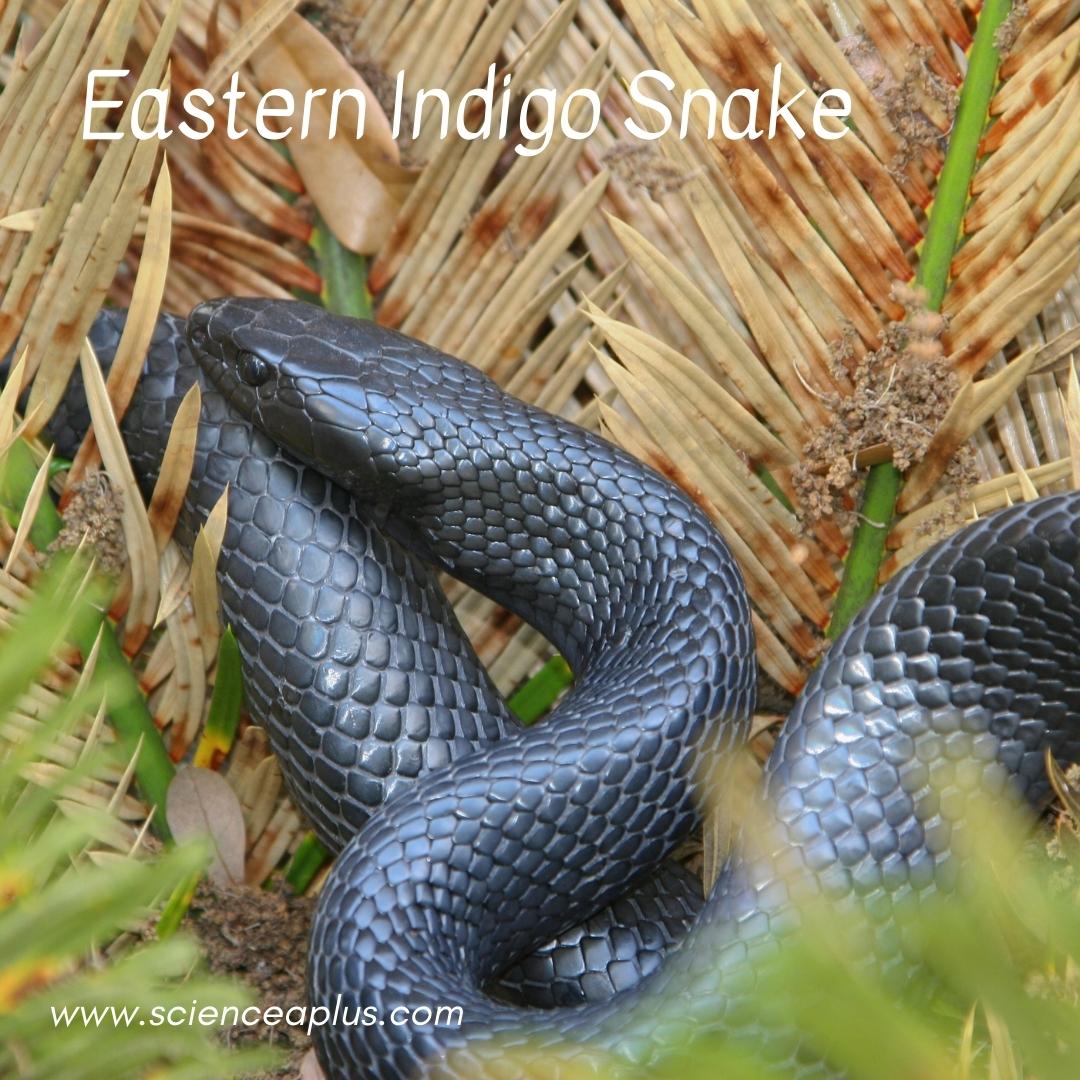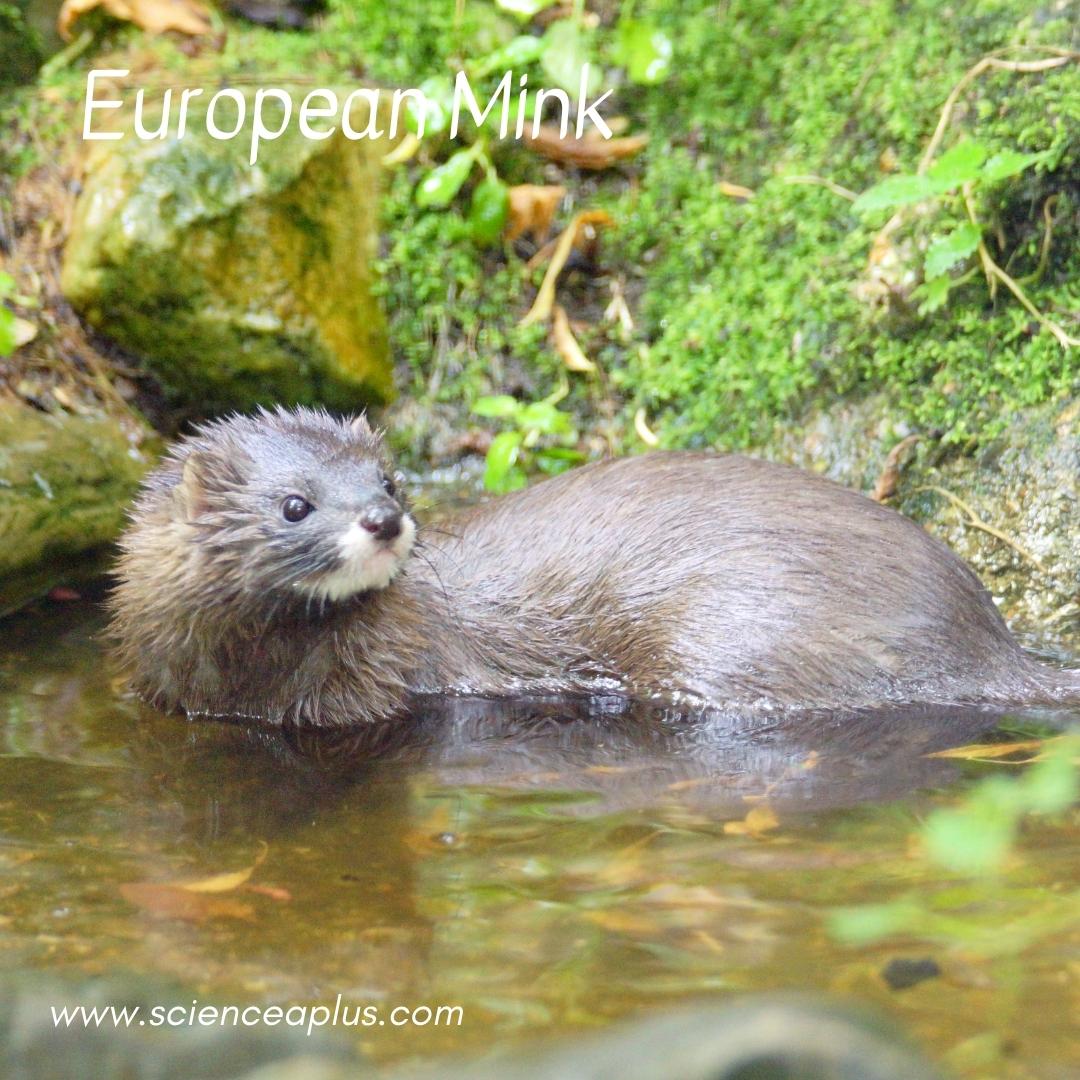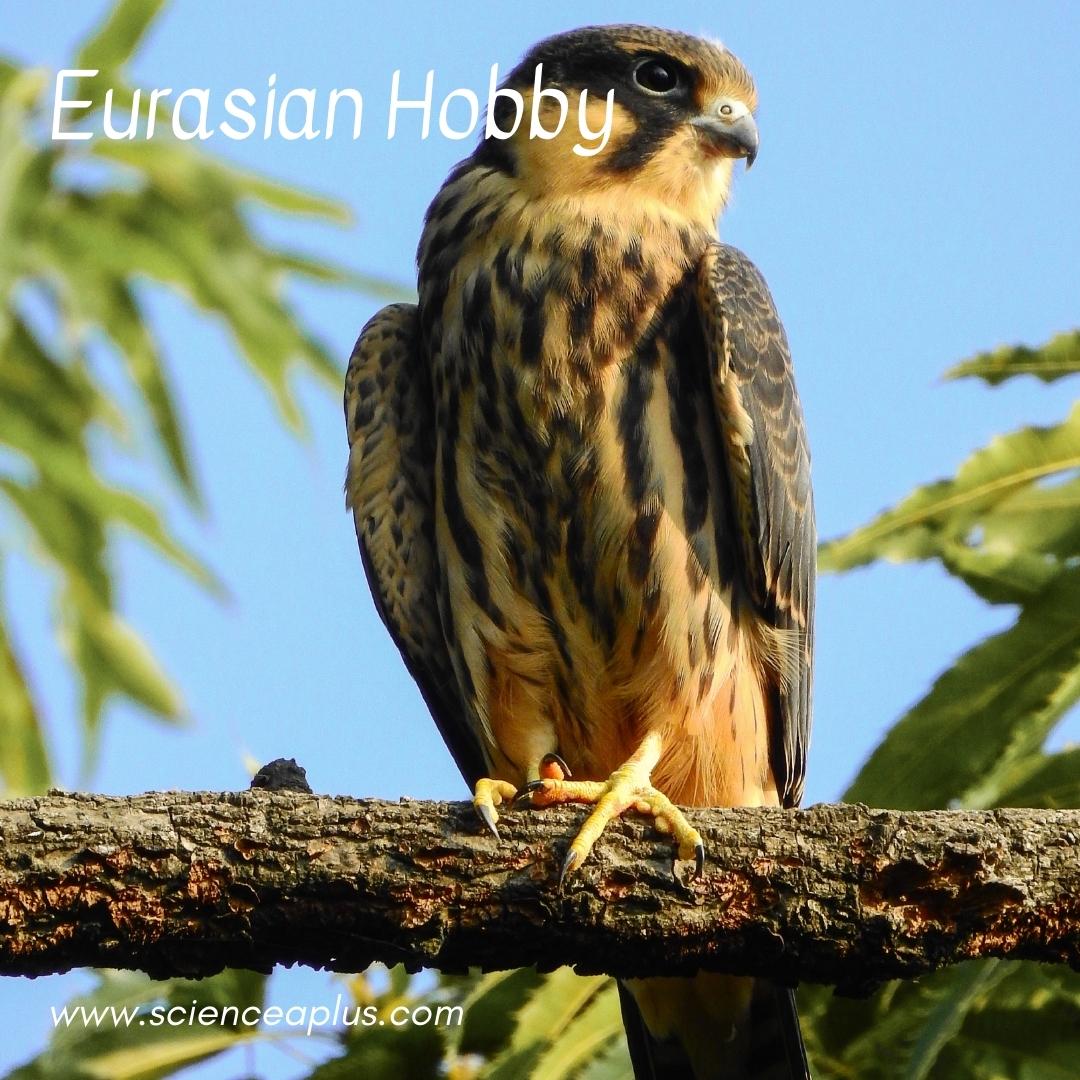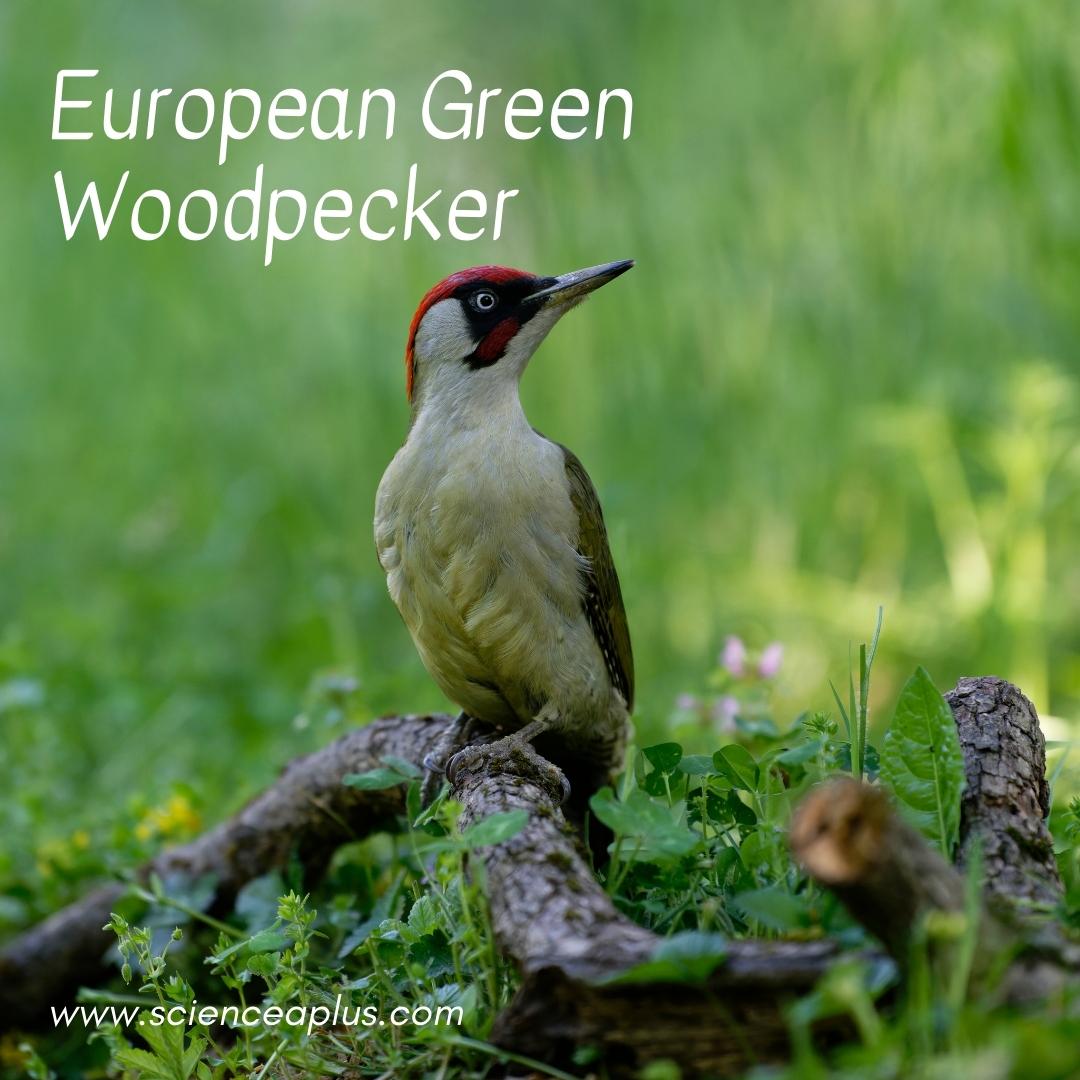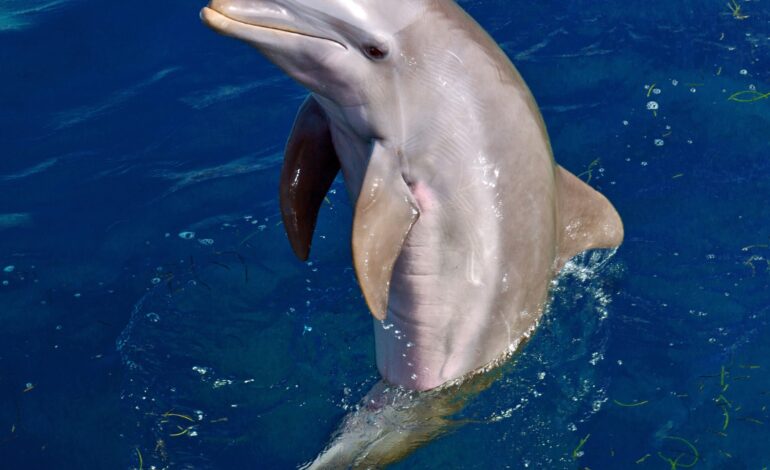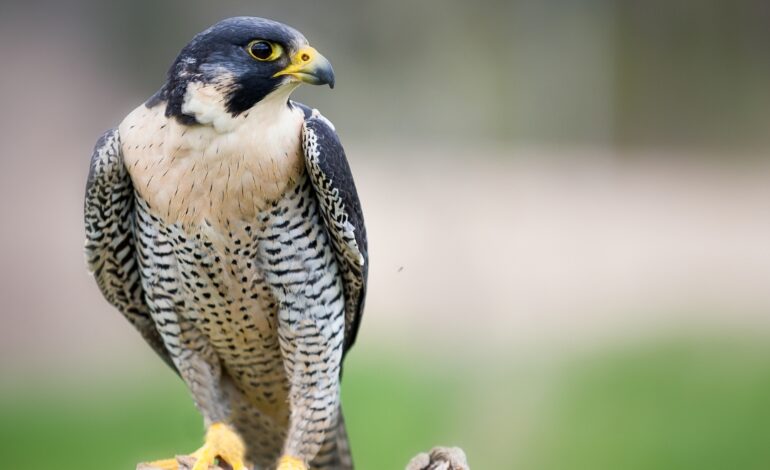1.Elephant:
Elephants are majestic land mammals known for their large size, distinctive trunk, and impressive tusks. They are highly intelligent and social animals, living in close-knit family groups. Elephants are herbivores and play a crucial role in shaping their ecosystems.
2. Eagle:
Eagles are powerful birds of prey known for their keen eyesight and soaring flight. They have sharp beaks, strong talons, and a wingspan that allows them to hunt and capture prey efficiently. Eagles are symbols of strength, freedom, and grace.
3. Emu:
Emus are flightless birds native to Australia. They have long legs, a distinctive neck, and soft feathers. Emus are known for their ability to run at high speeds and have a unique booming call. They are important in maintaining the balance of grassland ecosystems.
4. Eel:
Eels are elongated fish with snake-like bodies. They are commonly seen in both freshwater and marine environments. Eels have a fascinating life cycle, migrating from freshwater rivers to the ocean to reproduce. They are known for their slimy skin and ability to generate electric currents.
5. Elephant Seal:
Elephant seals are large marine mammals named for their enormous size and the trunk-like proboscis of males. They inhabit the oceans of the southern hemisphere. Elephant seals are known for their aggressive behavior during breeding season and their ability to dive to great depths.
6. Earthworm:
Earthworms are segmented invertebrates that play a vital role in soil health. They burrow through the soil, improving its structure and nutrient content. Earthworms are essential for decomposition and nutrient cycling, benefiting plants and other organisms in the ecosystem.
7. Egret:
Egrets are elegant wading birds known for their long legs, slender bodies, and graceful movements. They are found in wetland habitats, where they feed on fish, frogs, and other small aquatic animals. Egrets are known for their beautiful plumage and are often associated with tranquility and natural beauty.
8. Echidna:
Echidnas, also known as spiny anteaters, are unique mammals found in Australia and New Guinea. They have spiky fur, a long snout, and a specialized tongue for feeding on ants and termites. Echidnas are egg-laying mammals and possess a unique combination of reptilian and mammalian traits.
9. Elkhound:
Elkhounds are robust and energetic dog breeds originating from Norway. They have a thick double coat, erect ears, and a friendly disposition. Elkhounds were traditionally used for hunting moose and other large game, showcasing their endurance and tracking abilities.
10. Emperor Penguin:
Emperor penguins are the largest species of penguins and are well-adapted to the harsh conditions of Antarctica. They have a distinctive black and white plumage, a regal posture, and a strong sense of community. Emperor penguins endure extreme cold, huddle together for warmth, and take turns incubating their eggs in a remarkable display of parental care.
11. Eland:
Elands are large antelopes found in savannah and woodland habitats of Africa. They have a robust build, long spiral horns, and a light brown coat. Elands are social animals that form herds and migrate in search of food and water.
12. Eurasian Lynx:
The Eurasian lynx is a medium-sized wildcat found in Europe and parts of Asia. It has tufted ears, a short tail, and a dense coat. Eurasian lynxes are skilled hunters and primarily prey on small to medium-sized mammals.
13. Eastern Gray Kangaroo:
The Eastern gray kangaroo is a marsupial native to Australia. It is the largest kangaroo species and is known for its powerful hind legs and long tail. Eastern gray kangaroos are herbivores, grazing on grasses and shrubs.
14. Eastern Box Turtle:
Eastern box turtles are terrestrial turtles found in the eastern United States. They have a domed shell and are known for their ability to completely close their shell for protection. Eastern box turtles are long-lived and have a varied diet that includes insects, fruits, and vegetation.
15. Eastern Screech Owl:
The Eastern screech owl is a small owl species found in North America. It has prominent ear tufts, mottled feathers for camouflage, and piercing yellow eyes. Eastern screech owls are nocturnal hunters and emit a distinctive trilling call.
16. European Robin:
The European robin is a small bird known for its vibrant red breast and melodic song. It is found across Europe, and its cheerful presence is often associated with the arrival of spring. European robins are territorial and form monogamous pairs during the breeding season.
17. Ethiopian Wolf:
The Ethiopian wolf is one of the rarest canid species in the world, endemic to the Ethiopian highlands. It has a slender body, a reddish-brown coat, and long legs. Ethiopian wolves are highly specialized predators, primarily feeding on small mammals.
18. Eastern Diamondback Rattlesnake:
The Eastern diamondback rattlesnake is a venomous snake found in the southeastern United States. It has distinctive diamond-shaped patterns on its scales and a rattle at the end of its tail. Eastern diamondback rattlesnakes play a crucial role in controlling rodent populations.
19. Elephant Shrew:
Elephant shrews, also known as sengis, are small insectivorous mammals found in Africa. Despite their name, they are not shrews nor closely related to elephants. Elephant shrews have a long, flexible snout and are known for their agility and rapid movements.
20. Emperor Tamarin:
The emperor tamarin is a small monkey species found in the rainforests of South America. It has a distinctive long white mustache, giving it a regal appearance. Emperor tamarins live in social groups and primarily feed on fruits, flowers, and insects.
21. European Badger:
European badgers are sturdy and nocturnal mammals found across Europe and parts of Asia. They have a distinctive black and white striped face and a stocky body. European badgers are omnivorous, feeding on a variety of plant material and small animals.
22. Eastern Newt:
Eastern newts are small salamanders found in eastern North America. They have a unique life cycle that involves an aquatic larval stage and a terrestrial adult stage. Eastern newts display bright orange coloration during their juvenile stage.
23. Eurasian Beaver:
The Eurasian beaver is the largest rodent in Europe and Asia. It has a stocky body, a flat tail, and webbed feet for swimming. Eurasian beavers are known for their ability to build dams and create complex aquatic habitats.
24. Egyptian Vulture:
The Egyptian vulture is a medium-sized bird of prey found in Europe, Asia, and Africa. It has a distinctive bare yellow face and a white plumage. Egyptian vultures are scavengers, feeding on carrion and bones.
25. Eastern Cottontail Rabbit:
The Eastern cottontail rabbit is a common species found throughout eastern and central North America. It has a brownish-gray fur coat, long ears, and a fluffy white tail. Eastern cottontails are primarily herbivores, feeding on grasses, leaves, and bark.
26. Eyelash Viper:
The eyelash viper is a venomous snake found in Central and South America. It gets its name from the elongated scales above its eyes, resembling eyelashes. Eyelash vipers are ambush predators, blending in with their surroundings and striking at prey with their venomous fangs.
27. Eastern Bluebird:
The Eastern bluebird is a small thrush species found in eastern North America. It has a vibrant blue plumage, a rusty red breast, and a melodious song. Eastern bluebirds are cavity nesters and often use man-made birdhouses for breeding.
28. Eurasian Otter:
The Eurasian otter is a semi-aquatic mammal found in Europe, Asia, and parts of Africa. It has a streamlined body, webbed feet, and a dense waterproof coat. Eurasian otters are excellent swimmers and primarily feed on fish.
29. Emei Shan Liocichla:
The Emei Shan liocichla is a colorful songbird endemic to Mount Emei in China. It has a vibrant plumage consisting of green, blue, and yellow feathers. Emei Shan liocichlas inhabit dense forests and are known for their melodic calls.
30. Eastern Chipmunk:
The eastern chipmunk is a small rodent found in North America. It has distinct stripes along its back and cheeks. Eastern chipmunks are active during the day and are known for their habit of collecting and storing food in underground burrows.
31. Edible Frog:
The edible frog, also known as the common water frog, is a species native to Europe and Asia. It has a green or brownish coloration and webbed feet for swimming. Edible frogs are known for their loud croaking calls during the breeding season.
32. European Hare:
The European hare is a large hare species found across Europe and parts of Asia. It has long ears, powerful hind legs, and a distinctive black-tipped tail. European hares are known for their speed and agility, capable of reaching high speeds when pursued.
33. Ethiopian Highlands Mole Rat:
The Ethiopian highlands mole rat is a small subterranean rodent found in Ethiopia. It has a cylindrical body, tiny eyes, and powerful forelimbs for digging tunnels. Ethiopian highlands mole rats are social animals that live in complex underground burrow systems.
34. Eastern Massasauga:
The eastern massasauga is a venomous rattlesnake species found in the United States and Canada. It has a thick body, a rattling tail, and distinctive dark spots on its light-colored scales. Eastern massasaugas are typically found in wetland habitats.
35. Eel Catfish:
The eel catfish, also known as the electric catfish, is a species found in freshwater habitats of Africa. It has a long and slender body, and some species possess electric organs that they use for communication and navigation.
36. Emperor Angelfish:
The emperor angelfish is a brightly colored fish found in the tropical waters of the Indo-Pacific region. It has a striking pattern of blue, black, and yellow bands on its body. Emperor angelfish inhabit coral reefs and feed on sponges and other invertebrates.
37. Epaulette Shark:
The epaulette shark is a small shark species found in the shallow waters of Australia and New Guinea. It has distinctive black spots and large, rounded fins. Epaulette sharks are known for their ability to walk on their pectoral fins in search of food.
38. Eastern Hellbender:
The eastern hellbender is a large aquatic salamander native to eastern North America. It has a slimy and wrinkled appearance, with a flattened body and small eyes. Eastern hellbenders are indicators of clean water as they require well-oxygenated streams.
39. Eastern Red Bat:
The eastern red bat is a species of bat found in eastern North America. It has a reddish-brown fur coat and large ears. Eastern red bats are skilled fliers and are known for their ability to migrate long distances.
40. Emerald Tree Boa:
The emerald tree boa is a non-venomous snake found in the rainforests of South America. It has a vibrant green coloration, a prehensile tail, and a pattern of white scales along its body. Emerald tree boas are arboreal, spending most of their lives in trees.
41. European Glass Lizard:
The European glass lizard, also known as the Scheltopusik, is a legless reptile found in Europe and Asia. It has a long and slender body, resembling a snake, but is actually a lizard. European glass lizards are known for their ability to shed their tails as a defense mechanism.
42. Ethiopian Grass Rat:
The Ethiopian grass rat is a rodent species found in the grasslands of Ethiopia. It has a brownish coat, a long tail, and large ears. Ethiopian grass rats primarily feed on grasses and seeds.
43. Emperor Shrimp:
The emperor shrimp is a small marine crustacean found in the Indo-Pacific region. It has a striking coloration of bright purple and yellow. Emperor shrimps are commensal, often found living on sea cucumbers or nudibranchs.
44. Eurasian Nuthatch:
The Eurasian nuthatch is a small passerine bird found in Europe and Asia. It has a compact body, short legs, and a distinctive habit of climbing down tree trunks headfirst. Eurasian nuthatches feed on insects and seeds.
45. European Fire-bellied Toad:
The European fire-bellied toad is a colorful amphibian found in central and eastern Europe. It has a bright green or brown coloration on its back and a vibrant red or orange belly. European fire-bellied toads have toxic skin secretions used for defense.
46. Elegant Tern:
The elegant tern is a seabird found along the coasts of the Americas and Europe. It has a graceful flight, with long, slender wings and a forked tail. Elegant terns feed on small fish, plunging into the water to catch their prey.
47. Eastern Brown Snake:
The eastern brown snake is a highly venomous snake found in Australia. It has a slender body and ranges in color from pale brown to dark brown. Eastern brown snakes are one of the most venomous land snakes in the world.
48. European Green Lizard:
The European green lizard is a reptile species found across Europe and parts of Asia. It has a bright green coloration, a long tail, and a robust body. European green lizards are sun-loving creatures often found basking on rocks and branches.
49. Eastern Gray Squirrel:
The eastern gray squirrel is a common squirrel species found in eastern North America. It has a grayish-brown fur coat and a fluffy tail. Eastern gray squirrels are excellent climbers and are known for their hoarding behavior, storing food for the winter.
50. Eastern Indigo Snake:
The eastern indigo snake is a non-venomous snake found in the southeastern United States. It has a glossy black coloration and is the longest snake species in North America. Eastern indigo snakes are important predators, helping control rodent populations.
51. European Mink:
The European mink is a semi-aquatic mammal found in parts of Europe and Russia. It has a dark brown coat, webbed feet, and a long body. European minks are endangered due to habitat loss and competition with the introduced American mink.
52. Eastern Painted Turtle:
The eastern painted turtle is a species of turtle found in North America. It has a smooth shell with colorful patterns and markings. Eastern painted turtles are omnivorous and are often seen basking on logs or rocks.
53. Eurasian Hobby:
The Eurasian hobby is a small falcon species found in Europe, Asia, and Africa. It has a dark gray back, reddish underparts, and a slender build. Eurasian hobbies are skilled aerial hunters, preying on small birds and insects.
54. European Green Woodpecker:
The European green woodpecker is a woodpecker species found in Europe and parts of Asia. It has a green back, a yellowish-green rump, and a distinctive red crown. European green woodpeckers feed primarily on ants, using their strong beaks to dig into anthills.
Each of these animals starting with the letter “E” showcases the incredible diversity and beauty of the animal kingdom.
From the magnificent elephant to the elusive Ethiopian wolf, each creature has its own unique characteristics and plays a vital role in its respective ecosystem.
